Indoor plant walls transform empty spaces into vibrant living art installations while maximizing limited floor space. These vertical gardens bring nature indoors, improving air quality and creating stunning focal points in any room. From simple DIY projects using everyday materials to sophisticated modular systems, indoor plant walls offer endless possibilities for both beginners and experienced gardeners. The key lies in selecting the right plants, choosing appropriate support systems, and considering factors like lighting and maintenance requirements to create thriving vertical ecosystems.
1. Modular Indoor Plant Wall Systems
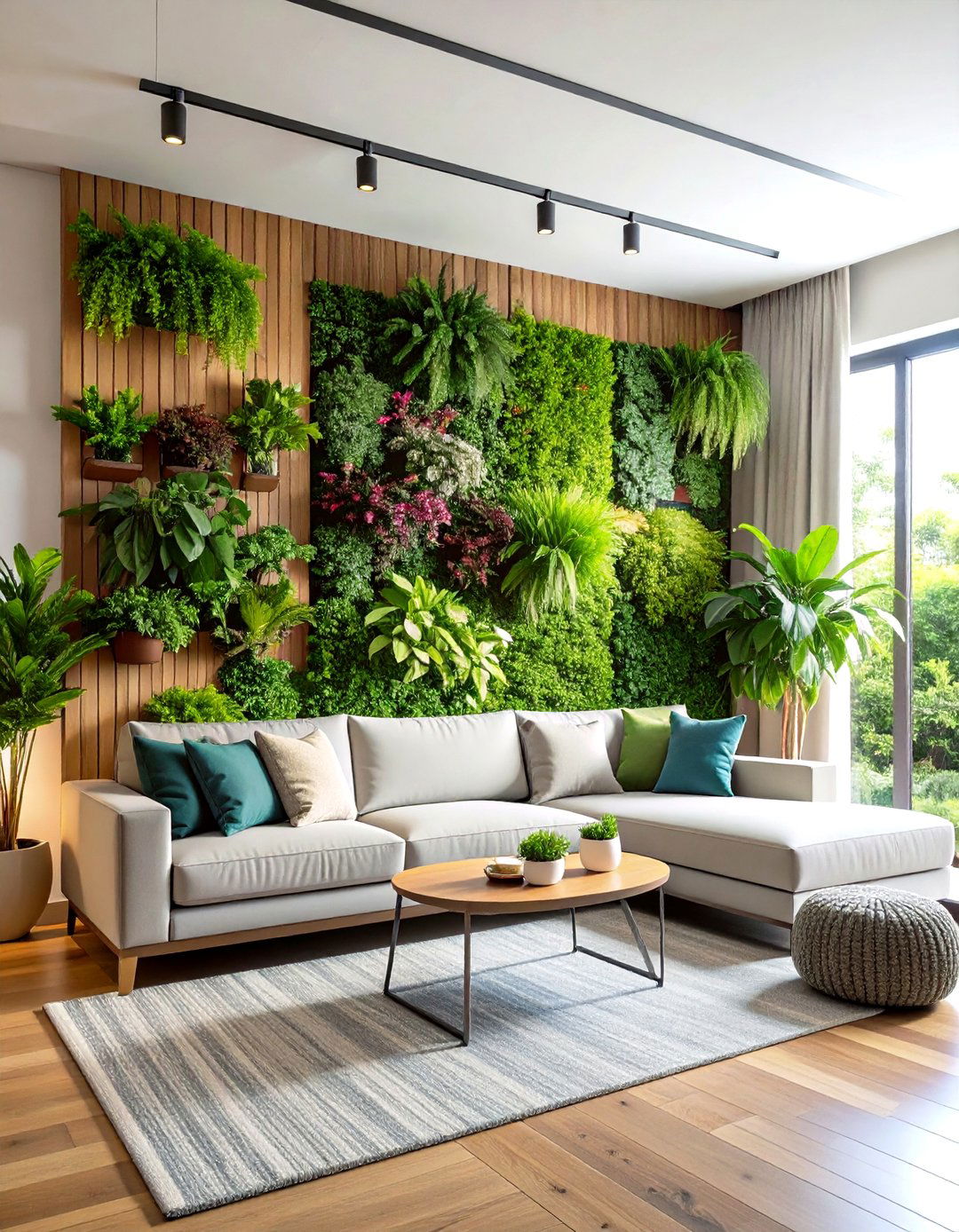
Modern modular indoor plant wall systems revolutionize vertical gardening with their sophisticated design and ease of installation. These commercial systems typically feature interconnected panels with built-in irrigation systems, making maintenance effortless while ensuring optimal plant health. Companies like Sage Vertical Garden Systems offer self-contained units with water tanks that require filling only once monthly, featuring battery-operated systems with no plumbing requirements. The panels can be customized to fit any space size and often include specialized growing media like rockwool for optimal root development. What makes these systems particularly attractive is their scalability—you can start with one panel and expand as desired, creating dramatic living walls that serve as architectural features in modern homes.
2. DIY Pallet Indoor Plant Wall Garden
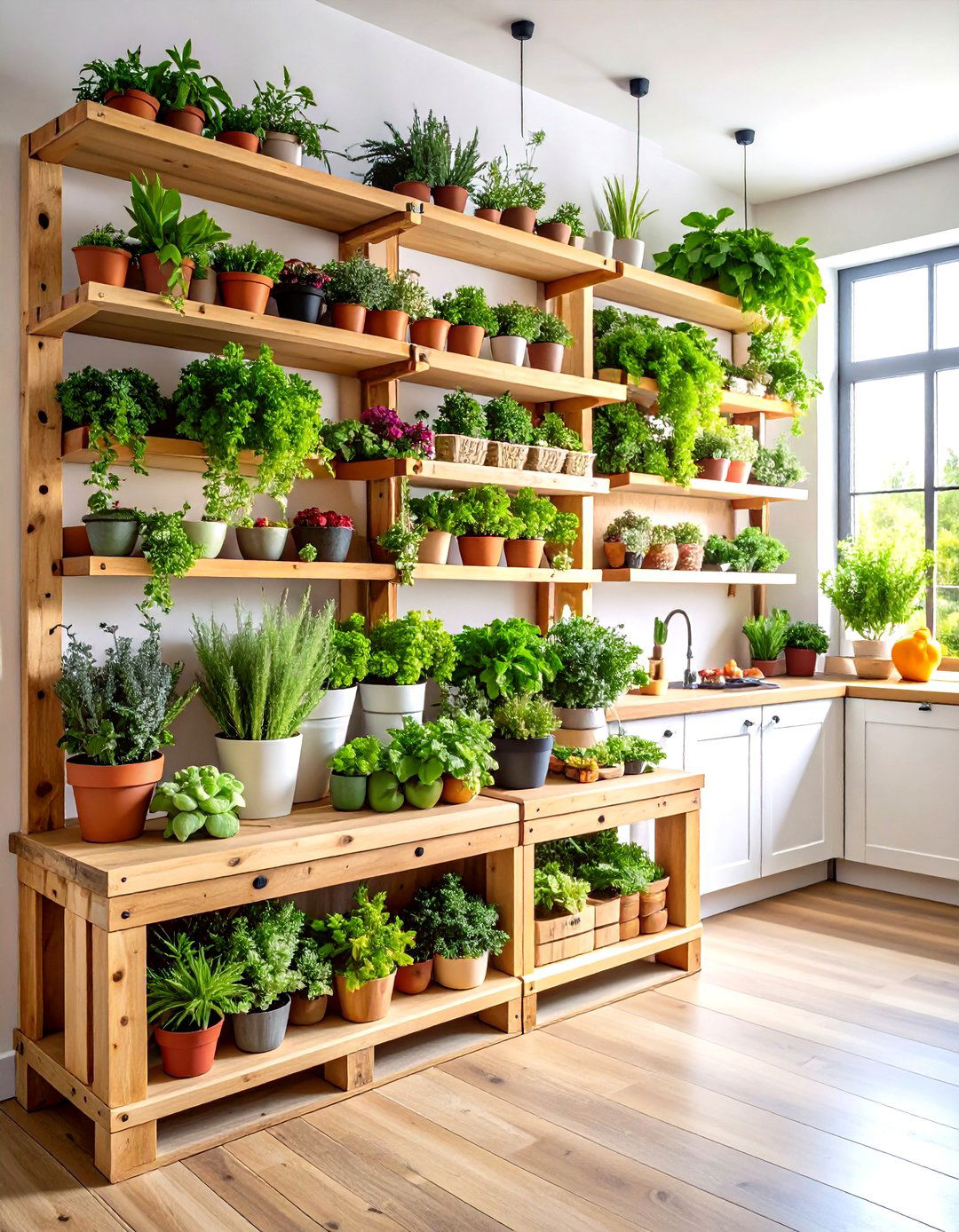
A pallet indoor plant wall offers an eco-friendly and budget-conscious approach to vertical gardening using reclaimed materials. Salvaged shipping pallets can be converted into beautiful living wall units in just one day, making them ideal weekend family projects. The natural spacing between pallet slats creates perfect pockets for small plants and succulents. To create this system, sand and treat the pallet, then line it with landscape fabric to hold soil while allowing drainage. Position plants like herbs, succulents, or trailing varieties in the openings. The rustic wood aesthetic complements both farmhouse and industrial design styles, while the vertical structure maximizes growing space in small areas. Regular watering requires careful attention since pallets can retain moisture against walls.
3. Hanging Planter Indoor Plant Wall Display
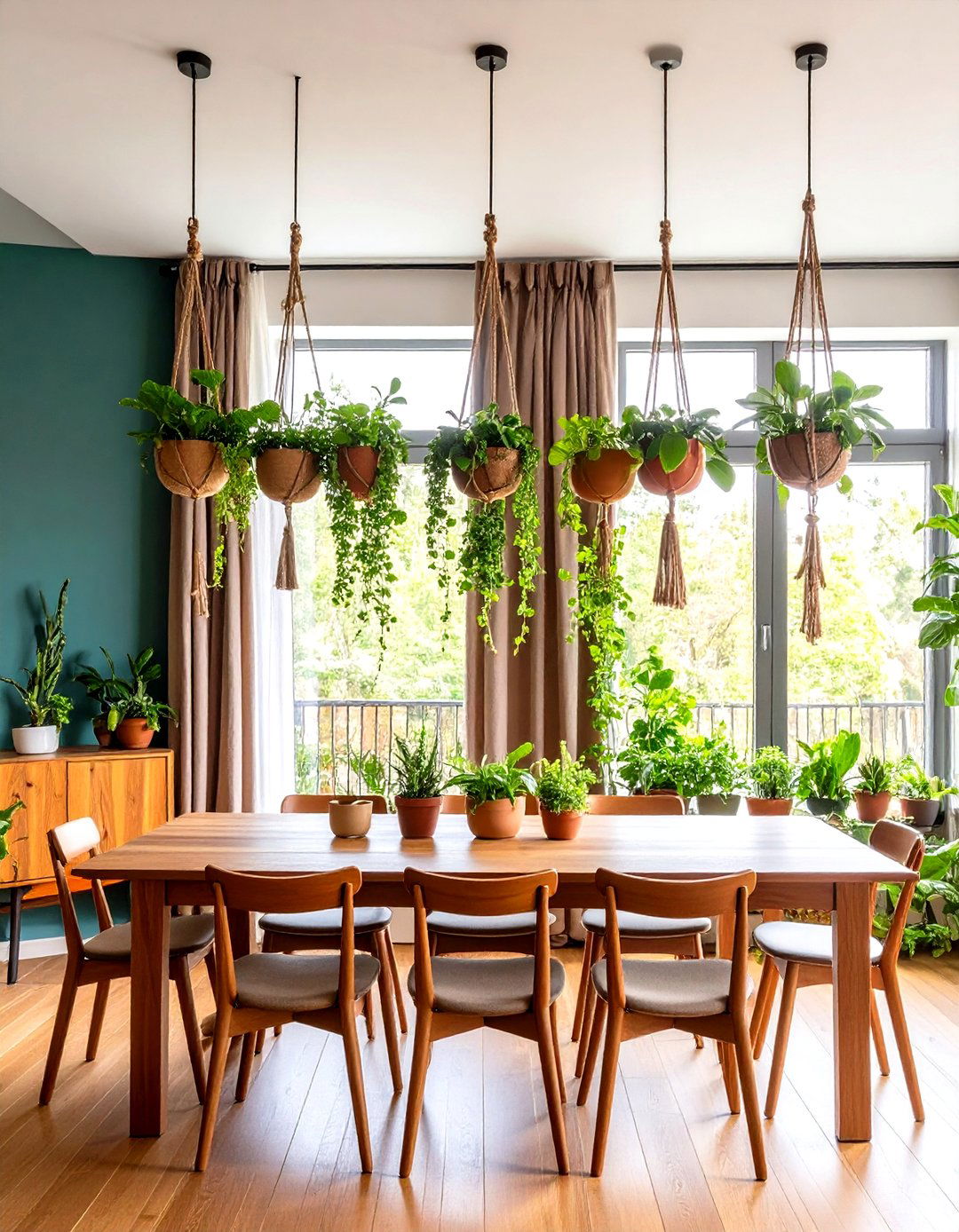
Hanging planters create dynamic indoor plant wall arrangements that add movement and visual interest to any space. Using industrial-style curtain rods mounted on walls allows for easy rearrangement of multiple hanging containers. This flexible system accommodates various pot sizes and plant types, from cascading pothos to upright herbs. The key advantage lies in the ability to adjust plant positioning based on lighting needs and growth patterns. Consider using matching containers for a cohesive look or mix different materials like ceramic, macrame, and metal for eclectic appeal. The hanging system also facilitates easy removal for watering and maintenance. Air circulation around suspended plants typically promotes healthier growth compared to wall-mounted alternatives, making this ideal for humidity-loving plants like ferns and tropical varieties.
4. Moss Art Indoor Plant Wall Creation
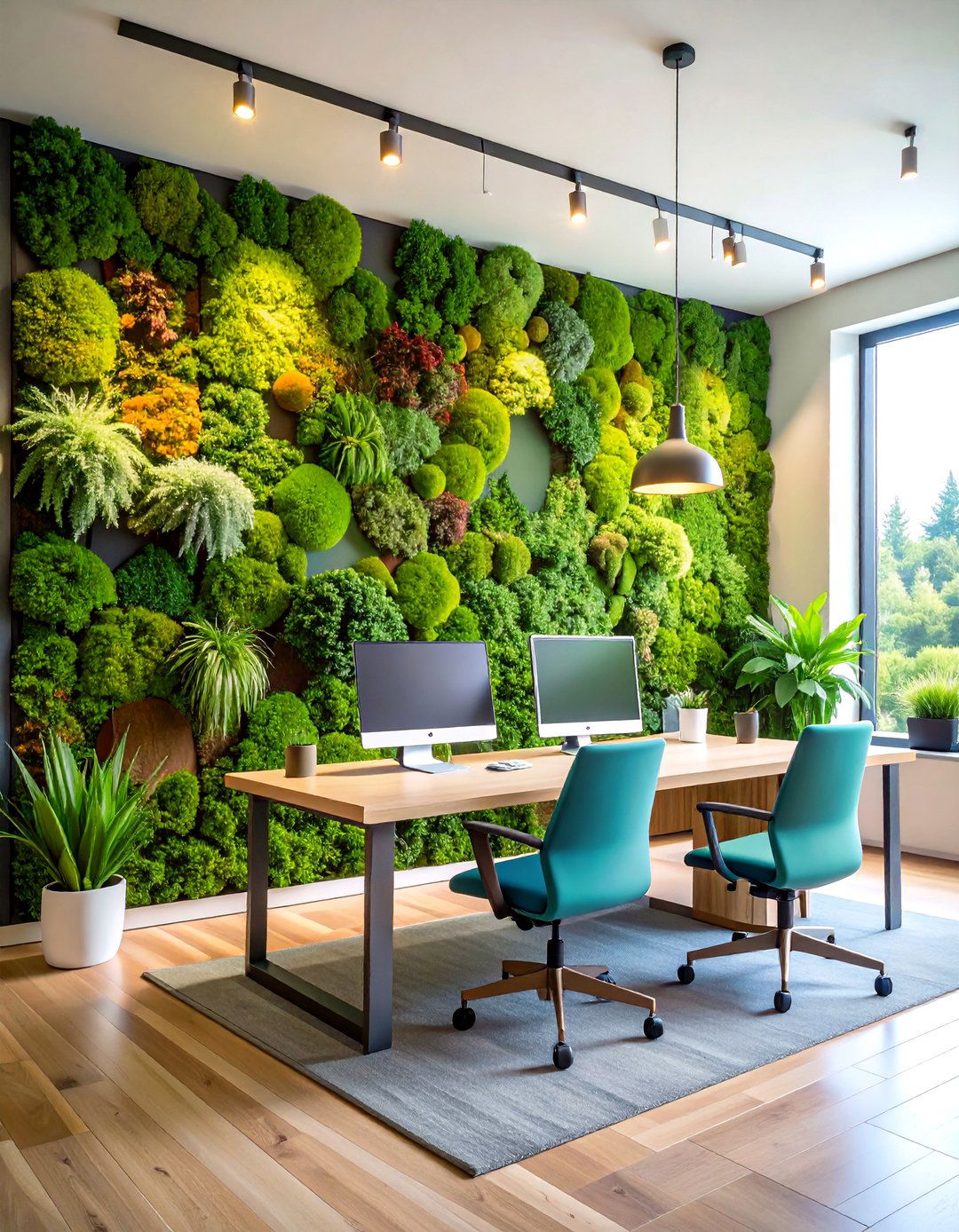
Moss art indoor plant walls provide maintenance-free greenery through preserved natural materials that require no watering or special lighting. Preserved moss maintains its natural look and feel for years using entirely natural preservation technology, offering sound absorption and humidity regulation benefits. These installations can range from small framed pieces to large-scale architectural features, created using various moss types including reindeer moss and sheet moss. The preservation process maintains the soft, velvety texture while eliminating any maintenance requirements. Custom compositions allow for artistic arrangements combining different moss varieties, textures, and colors. Professional installations often incorporate geometric patterns or organic flowing designs. The acoustic properties make moss walls particularly valuable in home offices or entertainment areas where sound dampening is beneficial.
5. Hydroponic Indoor Plant Wall System
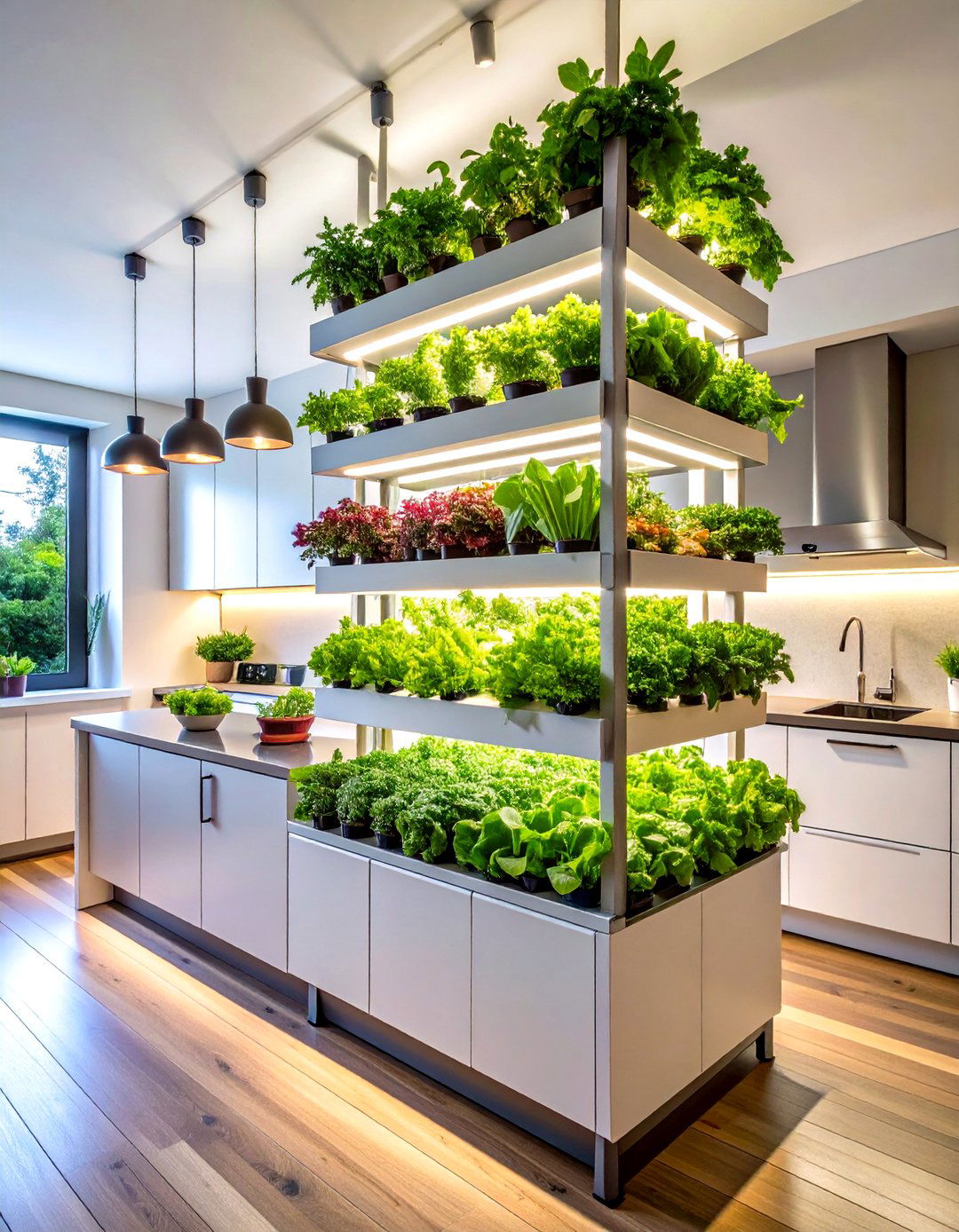
Hydroponic indoor plant wall systems represent the cutting edge of soilless vertical gardening technology. Systems like the Farmstand Nook can accommodate up to 20 plants using nutrient-rich water instead of soil, featuring full-spectrum LED lights for optimal growth. These systems excel in areas with limited natural light since they provide precisely controlled lighting conditions. The water-based growing medium eliminates soil-related mess while often producing faster growth rates than traditional methods. Plants receive optimal nutrition through carefully balanced nutrient solutions, resulting in healthier, more productive harvests for edible varieties. The closed-loop system conserves water while preventing pest and disease issues common in soil-based gardens. Setup requires initial investment but offers long-term benefits through reduced maintenance and superior plant performance.
6. Picture Frame Indoor Plant Wall Gallery
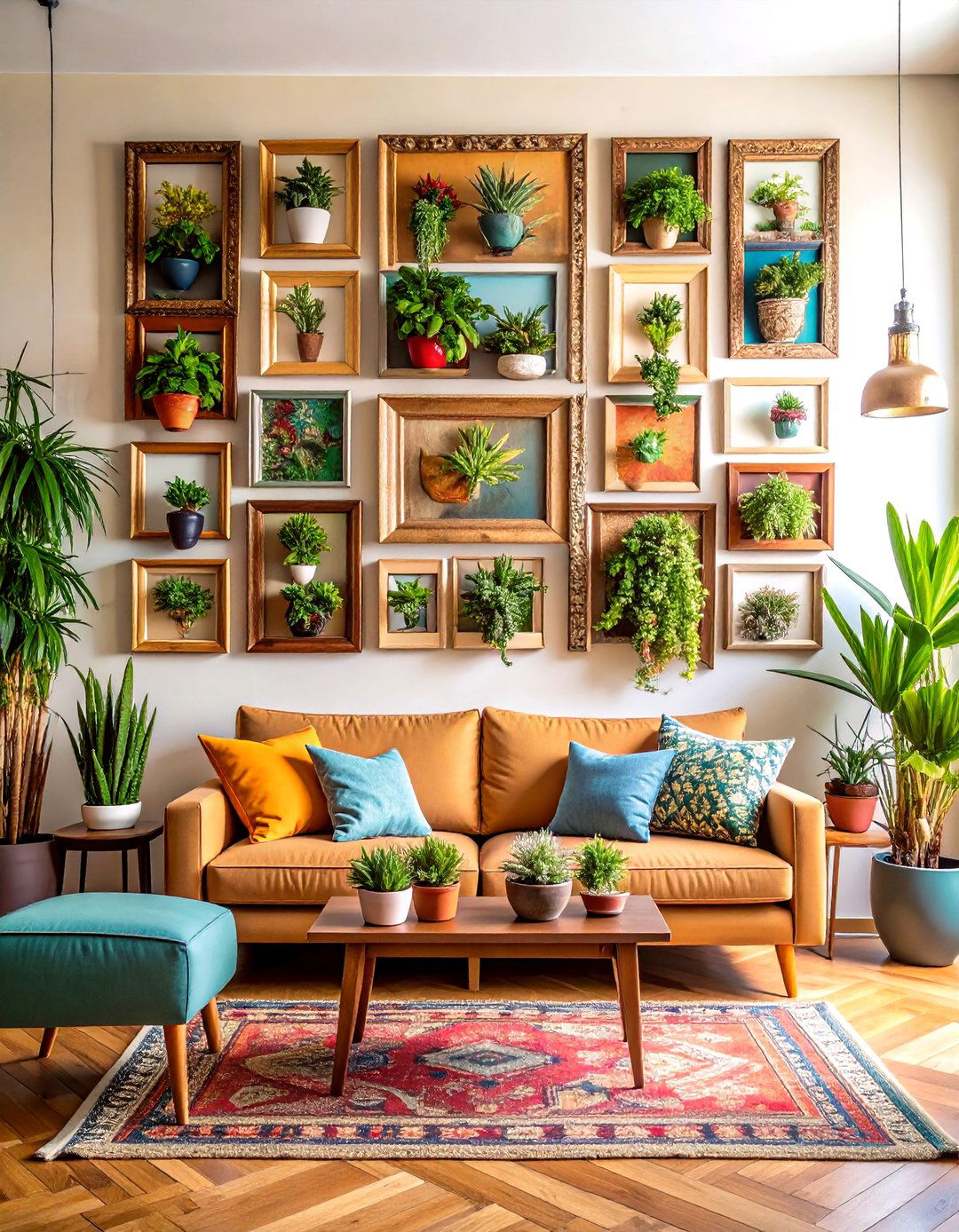
Transform vintage picture frames into unique indoor plant wall installations that blend art with living greenery. Replace artwork with wall-mounted planters inside thrifted frames, creating a twist on traditional gallery walls. This approach works particularly well with succulent varieties that tolerate the shallow soil depth typical in frame constructions. Remove the glass and backing, then install wire mesh or small containers to hold plants and growing medium. The frame edges provide natural containment while creating defined growing spaces. Multiple frames can be arranged in traditional gallery wall patterns, mixing plant-filled frames with conventional artwork for dynamic displays. Choose frames that complement your decor style—ornate vintage frames for classic looks or sleek modern frames for contemporary spaces. The shallow depth makes this system ideal for air plants and small succulents.
7. Vertical Herb Garden Indoor Plant Wall
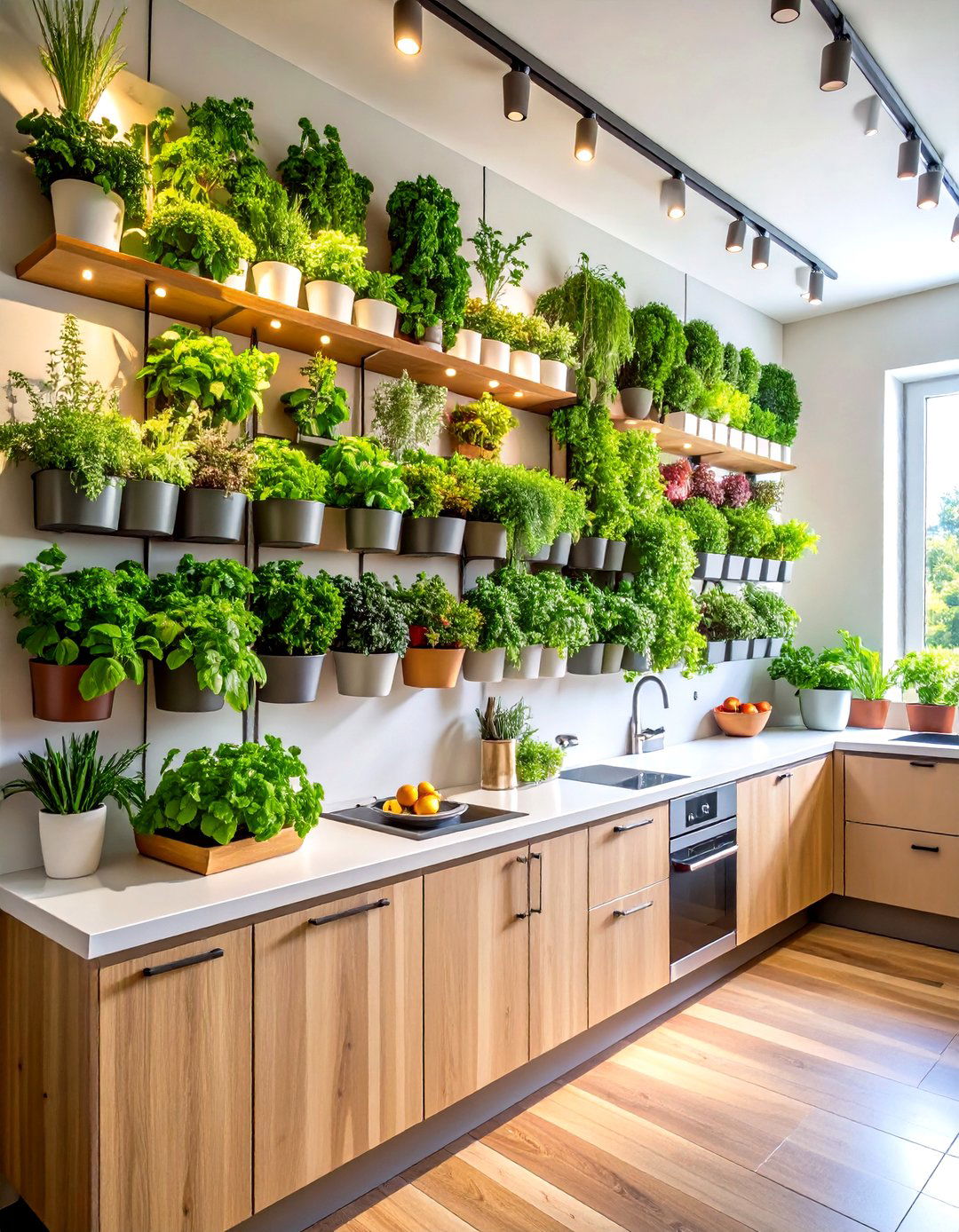
A vertical herb garden indoor plant wall brings fresh culinary ingredients within arm's reach while creating aromatic living decor. For low light conditions, consider mint or lemon balm, while basil, chives, and parsley thrive in partial shade, with sage, thyme, and cilantro preferring bright sunlight. Kitchen installations work particularly well since herbs benefit from the humidity and warmth generated during cooking. Use pocket planters or small containers arranged vertically to accommodate different herb varieties with varying water and light requirements. The key to success lies in grouping herbs with similar needs together and ensuring adequate drainage to prevent root rot. Regular harvesting encourages continued growth and prevents herbs from becoming leggy. Consider incorporating a small drip irrigation system for consistent watering, especially important for herbs that prefer consistent moisture levels.
8. Ladder Display Indoor Plant Wall Arrangement
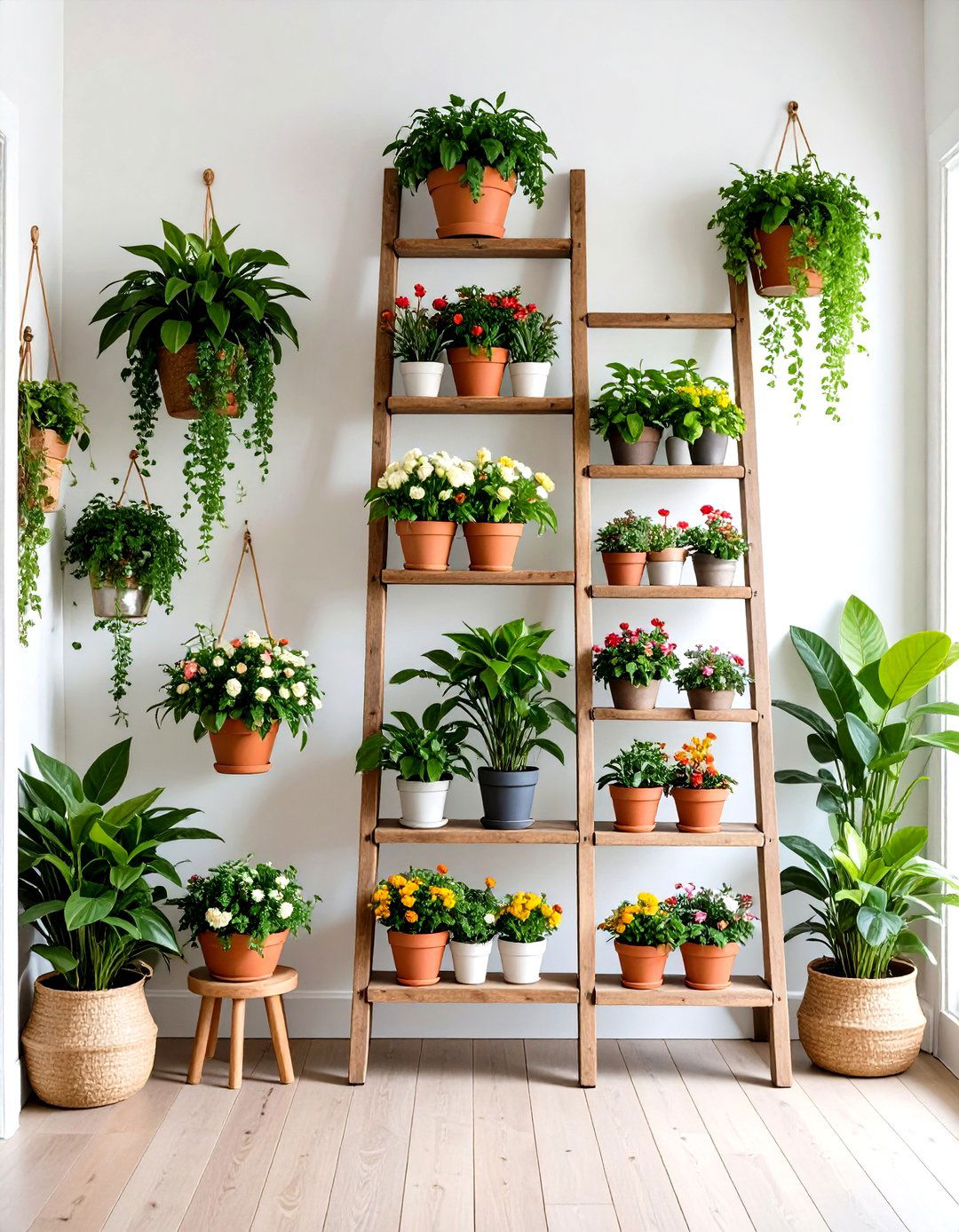
Repurpose old ladders into charming indoor plant wall displays that add rustic character while maximizing vertical growing space. Simply lean an old ladder against the wall and use it as tiered shelving for plants of various sizes. This system offers excellent flexibility since plant positions can be easily adjusted as they grow or seasons change. The ladder's natural step structure creates perfect platforms for different pot sizes, from small succulents on upper rungs to larger statement plants at the base. Paint or stain the ladder to match your decor, or leave it weathered for authentic vintage appeal. The angled position provides natural light distribution, with higher plants receiving more light while lower levels accommodate shade-tolerant varieties. This approach works equally well with wooden farm ladders or metal versions for industrial aesthetics.
9. Wire Grid Indoor Plant Wall Framework
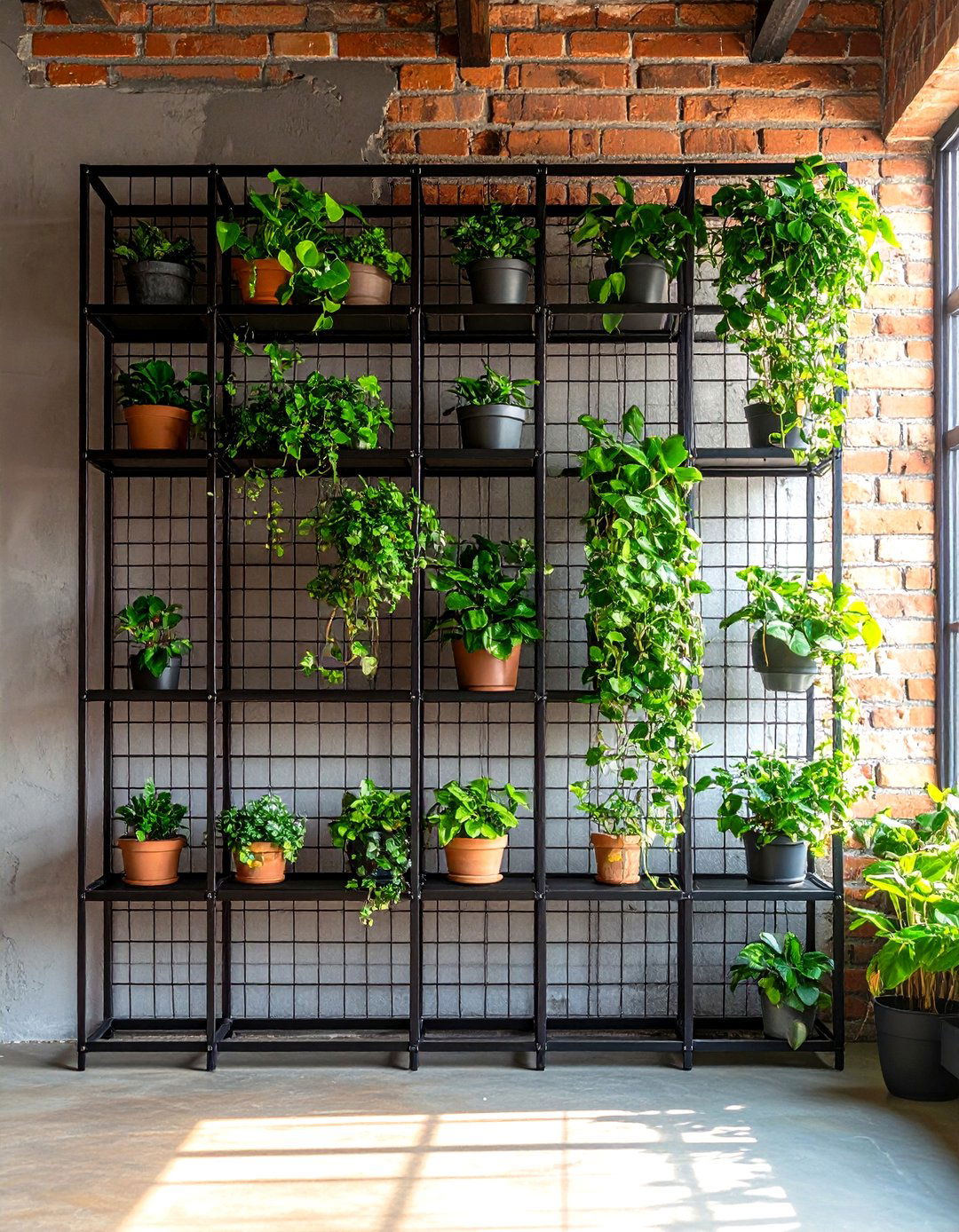
Wire grids provide modern, geometric frameworks for sophisticated indoor plant wall designs with industrial appeal. Metal grids made of stainless steel or iron offer sturdy frameworks that can be customized to fit any size or shape of indoor space. The grid system allows for precise plant placement and easy rearrangement as plants grow or design preferences change. Small pots and planters attach easily to grid intersections using clips or hooks, creating organized growing patterns. This system works exceptionally well for climbing plants like pothos that can weave through the grid structure, creating natural living screens. The contemporary aesthetic complements modern and minimalist interiors while providing excellent air circulation around plants. Consider combining different grid sizes or creating geometric patterns for added visual interest.
10. Floating Shelf Indoor Plant Wall Display

Floating shelves create clean, minimalist indoor plant wall displays that integrate seamlessly with modern home decor. Matching white planters on floating shelves add a clean and modern look, enhanced by mixing in other accessories and artwork for variation. The horizontal lines of shelving provide structure while allowing for creative plant arrangements combining various heights, textures, and colors. Install multiple shelves at different heights and depths to create visual interest and accommodate plants of varying sizes. The key advantage lies in easy access for maintenance and the ability to rearrange plants seasonally. Choose shelf materials that complement your decor—sleek metal for contemporary spaces or reclaimed wood for rustic appeal. Ensure proper wall anchoring since the combined weight of shelves, plants, and water can be substantial.
11. Mason Jar Indoor Plant Wall Garden

Mason jars offer charming, affordable containers for rustic indoor plant wall installations perfect for herbs and small plants. These versatile containers can be mounted directly to walls or suspended from frames to create cottage-style growing systems. The clear glass allows for monitoring root development and water levels while maintaining the vintage aesthetic popular in farmhouse decor. Drill drainage holes in jar lids or use gravel layers to prevent waterlogging. Mason jars work particularly well for propagating plant cuttings, creating a functional plant nursery wall where new plants can develop before transplanting. The standardized jar sizes create uniform visual appeal when arranged in groups. Consider using different jar sizes for variety or adding chalkboard labels for plant identification. The removable nature makes maintenance simple since jars can be easily taken down for thorough cleaning or plant care.
12. Living Air Plant Indoor Plant Wall Installation
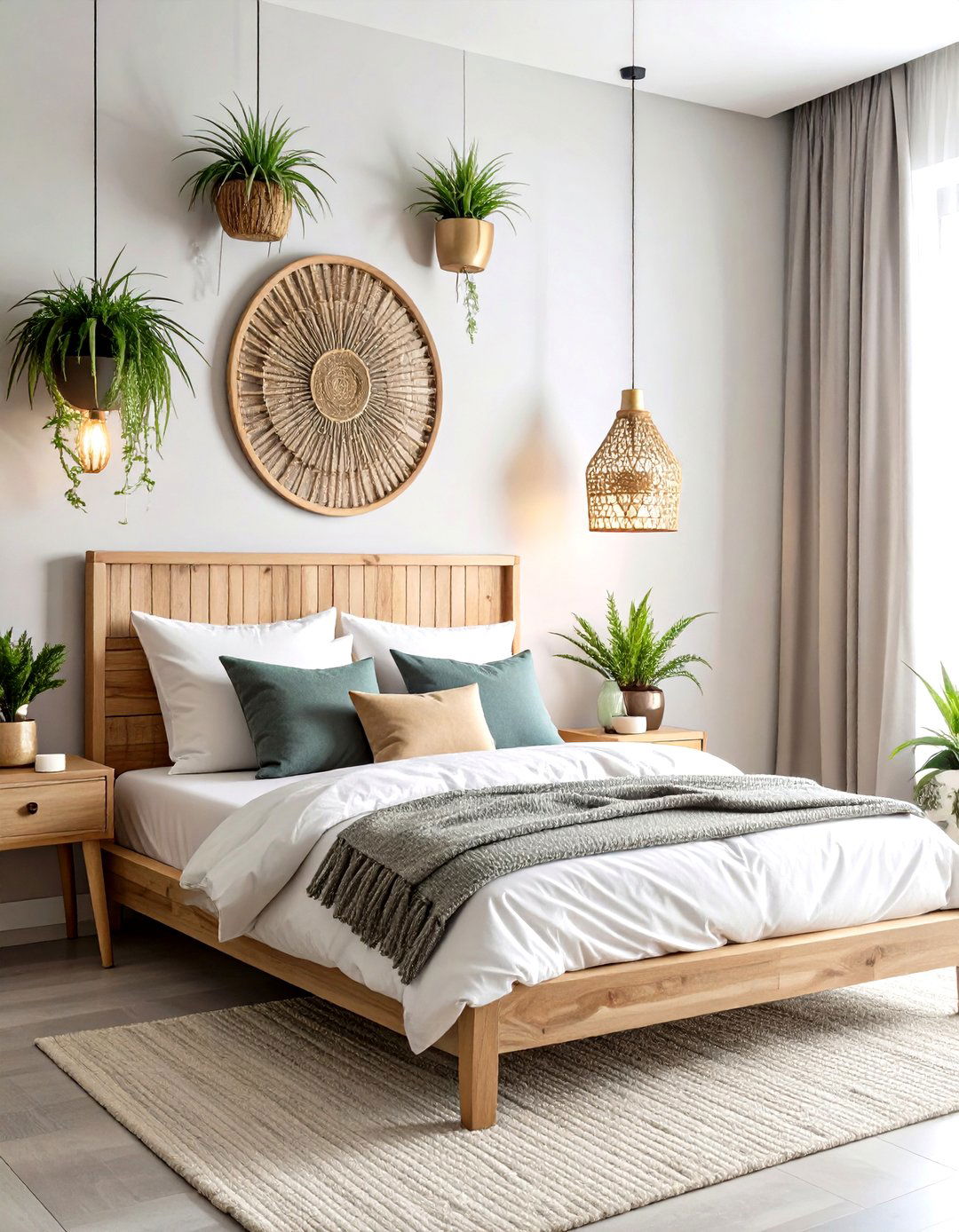
Air plants create ethereal indoor plant wall displays requiring minimal maintenance while offering maximum design flexibility. These bromeliads absorb moisture and nutrients through their leaves rather than roots, requiring only soaking in room temperature water every couple of weeks. The soil-free nature allows for creative mounting options including geometric holders, driftwood arrangements, or suspended terrariums. Air plants thrive in bright, indirect light and benefit from good air circulation, making them ideal for wall-mounted displays. Their unique appearance adds sculptural interest to any space while requiring virtually no care beyond occasional misting. Air plants are entirely non-toxic, making them safe companions for homes with children and pets. The versatility allows for frequent rearrangement and creative seasonal displays, making them perfect for renters or those who enjoy changing their decor regularly.
13. Succulent Gallery Indoor Plant Wall Collection
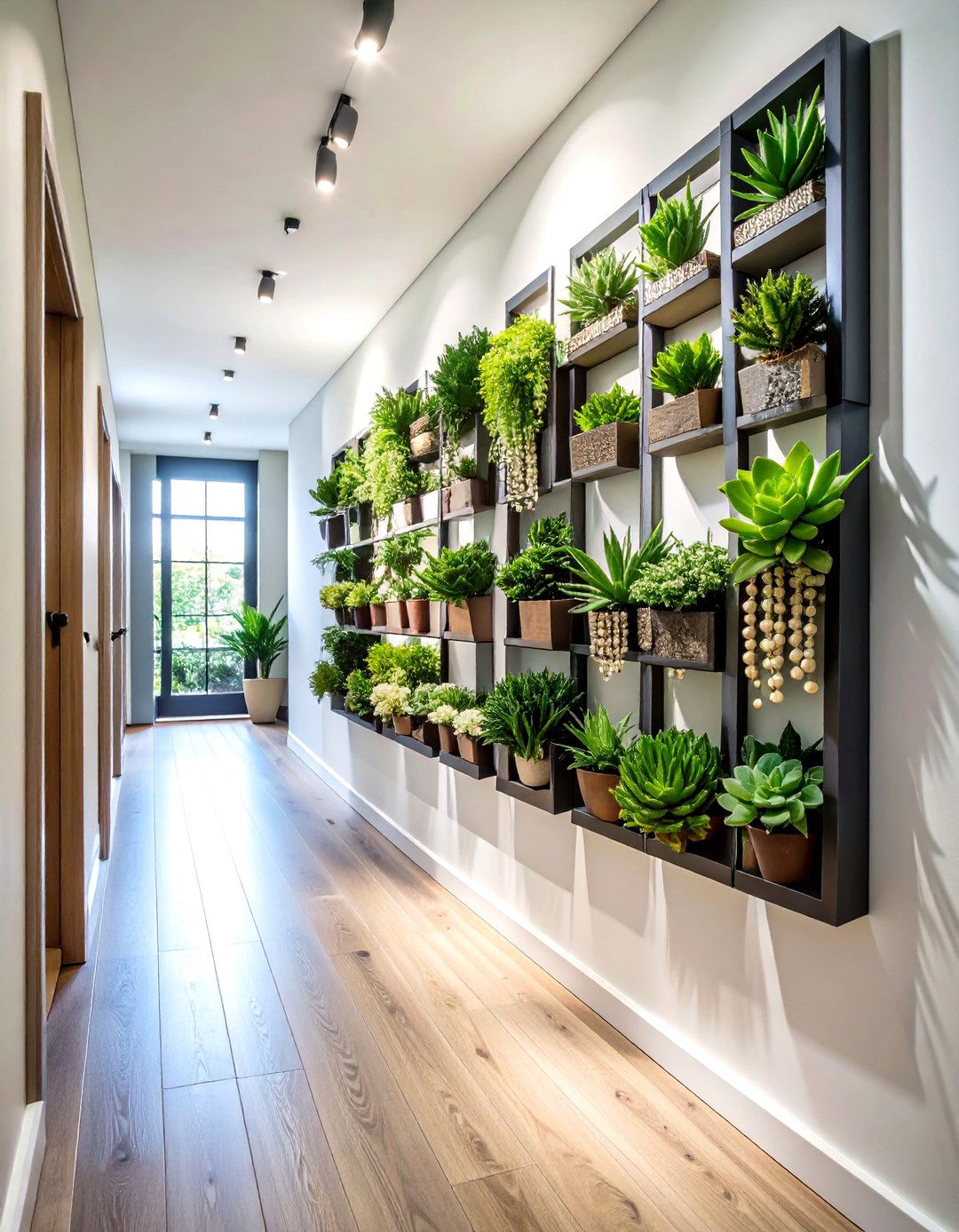
A succulent gallery indoor plant wall showcases these architectural plants in organized, art-like arrangements that thrive with minimal care. Wall-mounted succulent letters and geometric patterns create unique decorative displays using these drought-tolerant plants. The shallow root systems of most succulents make them ideal for wall mounting in picture frames, shadow boxes, or specialized planters. Choose varieties with different colors, textures, and growth habits to create visual interest—combining rosette-shaped echeveria with trailing string of pearls and upright snake plants. The key to success lies in providing excellent drainage and bright, indirect light. Group succulents with similar water requirements together since overwatering is the most common cause of failure. The sculptural qualities of succulents make them living art pieces that enhance modern and minimalist interiors.
14. Macrame Hanging Indoor Plant Wall Design
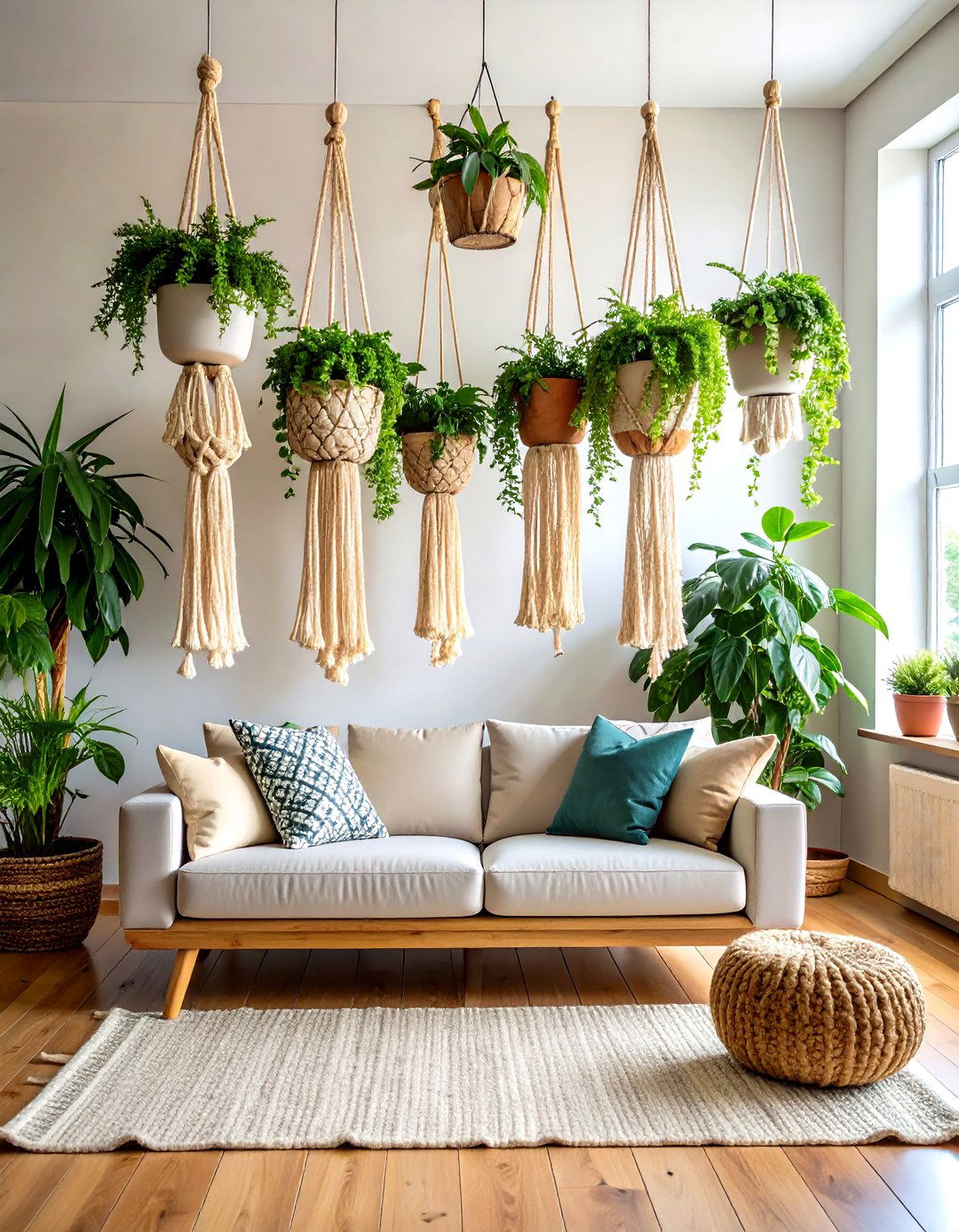
Macrame hanging planters bring bohemian charm to indoor plant wall designs while showcasing trailing plants in elegant suspended displays. Handcrafted macrame plant holders filled with pet-friendly plants add a bohemian touch to any decor style. The rope or cord construction provides gentle support for pots while allowing plants to cascade naturally, creating soft, organic lines that contrast beautifully with hard architectural elements. This system works exceptionally well for plants like pothos, spider plants, and English ivy that produce trailing stems. The natural fiber materials complement various decor styles from bohemian to farmhouse to contemporary. Different macrame patterns can create varying visual textures, from simple geometric designs to complex traditional patterns. The elevated position provides excellent air circulation while keeping plants at eye level for easy appreciation of their beauty.
15. Preserved Moss Indoor Plant Wall Artistry
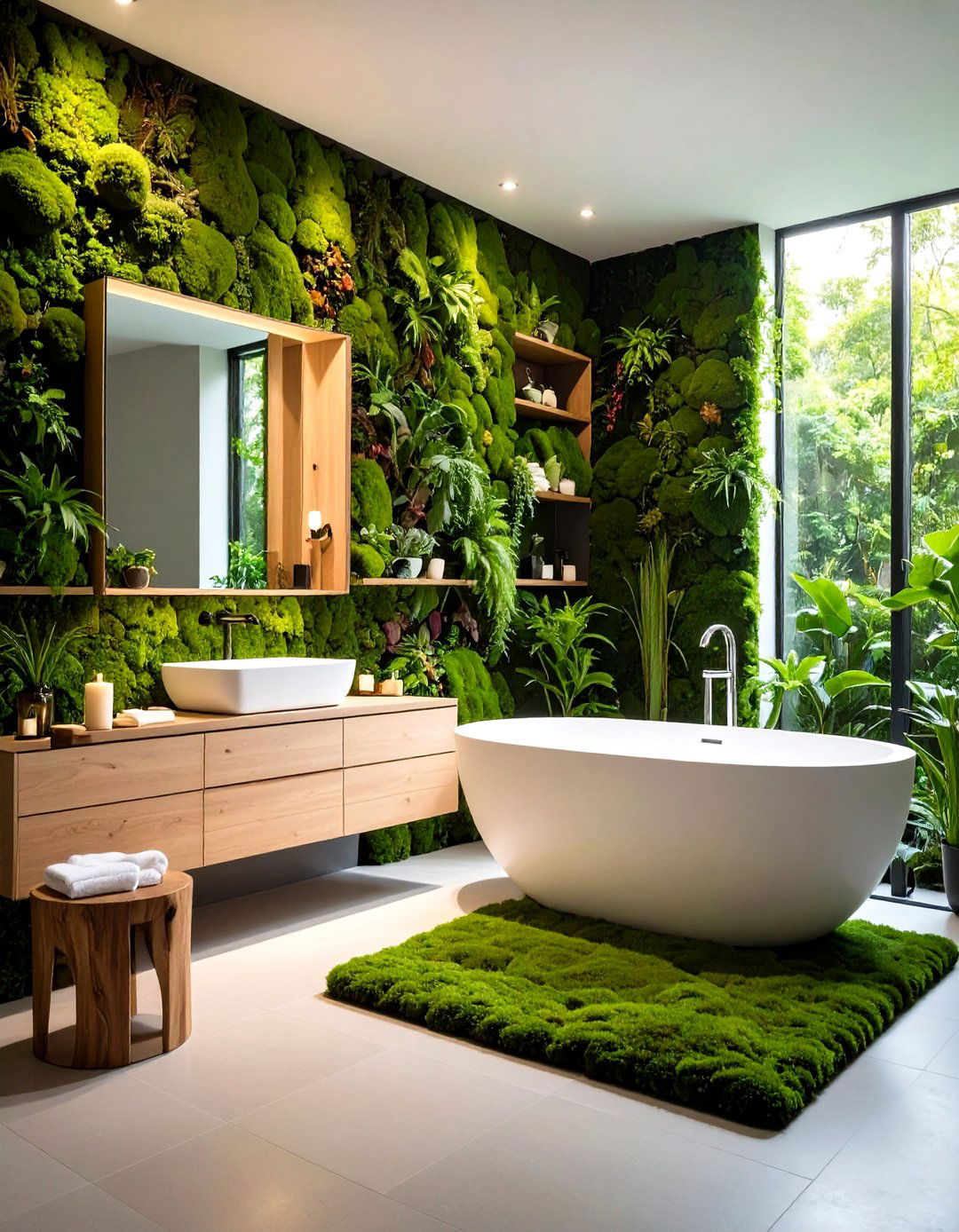
Preserved moss indoor plant walls offer the beauty of nature without any maintenance requirements, perfect for busy lifestyles or low-light spaces. These pieces radiate calm, absorb sound and humidity, and maintain their natural look for years without requiring water, light, or care. Professional preservation techniques maintain the soft texture and vibrant colors of various moss species while eliminating any living plant care requirements. The installations can be customized in any size or shape, from small accent pieces to room-spanning features. Different moss varieties provide varying textures and colors, allowing for artistic compositions that rival traditional artwork. The sound absorption qualities make preserved moss particularly valuable in offices, bedrooms, or areas where noise reduction is beneficial. This option works well for spaces with no natural light or for people who travel frequently.
16. Pocket Planter Indoor Plant Wall System

Pocket planter systems create organized indoor plant wall gardens using fabric or plastic modules that maximize growing space efficiently. Multi-pocket grow bags are perfect for novice gardeners, providing designated spaces that make design simple while being easy to hang. These systems typically feature multiple growing pouches arranged vertically, each capable of supporting individual plants with separate root systems. The pocket design allows for grouping plants with similar care requirements while providing good drainage and air circulation. Installation is straightforward, usually requiring only wall mounting hardware and proper positioning for adequate light exposure. The system works well for herbs, small vegetables, strawberries, or decorative plants. Watering requires attention to ensure even distribution since upper pockets may drain into lower ones. The removable nature allows for seasonal changes and easy cleaning or plant replacement.
17. Magnetic Indoor Plant Wall Organization

Magnetic planters create innovative indoor plant wall solutions for metal surfaces, offering ultimate flexibility and modern appeal. These self-watering magnetic planters work perfectly on refrigerators or metal walls for growing herbs and small plants. The magnetic attachment system allows for instant rearrangement and removal for maintenance without tools or permanent installation. This approach works exceptionally well in kitchens where fresh herbs can be grown directly on appliance surfaces for convenient harvesting. The planters often feature self-watering systems that reduce maintenance requirements while preventing overwatering. Modern magnetic planters come in various sizes and styles to accommodate different plant types and aesthetic preferences. The system is particularly valuable for renters who cannot make permanent modifications to walls. Consider this option for office spaces where metal filing cabinets or whiteboards can be transformed into living gardens.
18. Trellis Climbing Indoor Plant Wall Garden
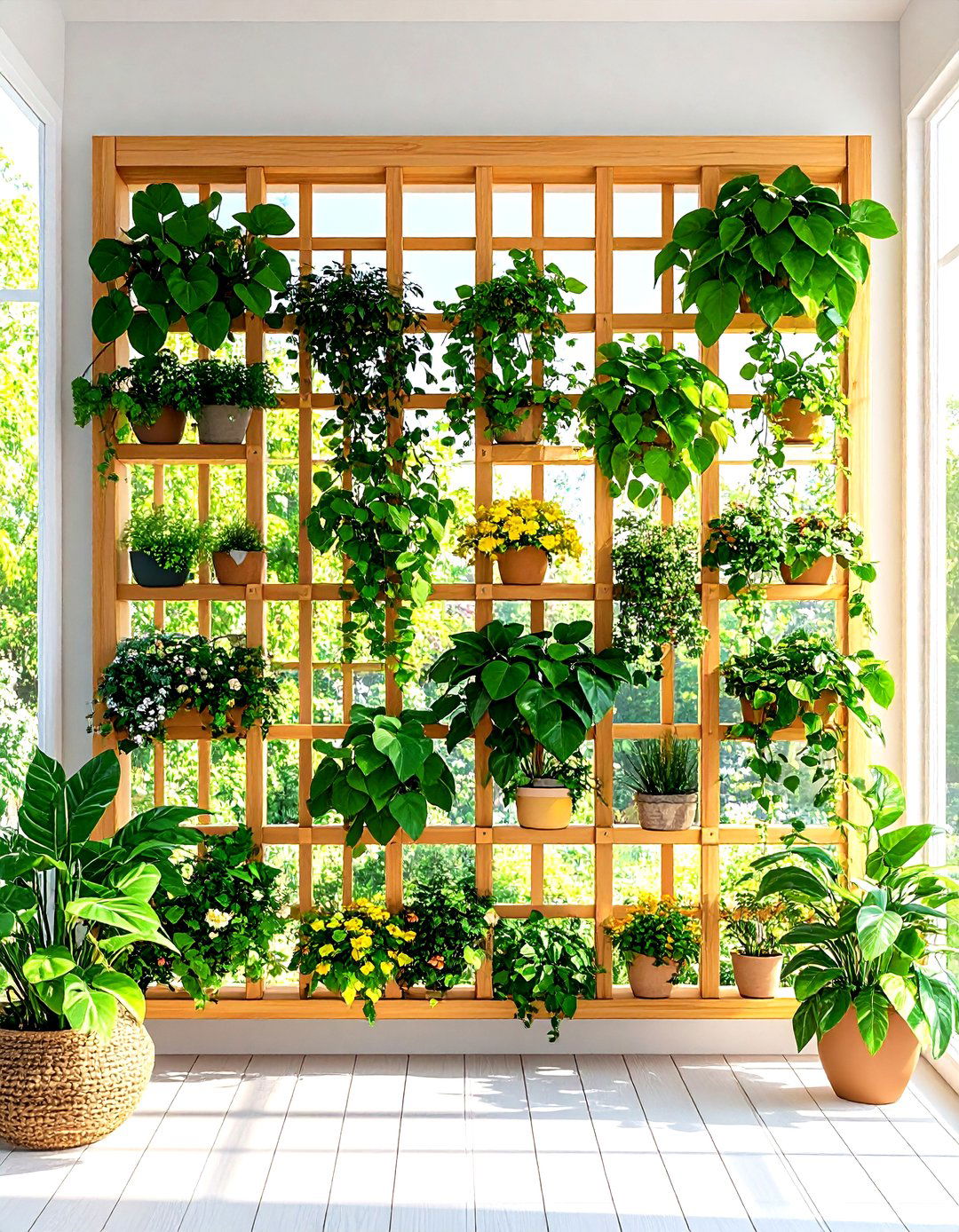
Trellis systems create structured indoor plant wall gardens that support climbing varieties while adding architectural interest to any space. For walls across from windows or artificial light environments, climbing plants like philodendrons provide hardy growth with their bold stems and colorful foliage. Install lightweight wooden or metal trellises against walls to provide climbing structure for vines and trailing plants. Popular choices include pothos, philodendron, English ivy, and climbing figs that naturally attach to supports through aerial roots or tendrils. The vertical growth pattern maximizes space usage while creating dramatic green backdrops. Trellis systems can be painted or stained to complement interior decor, from natural wood finishes to bold contemporary colors. Training leafy vines to climb up walls creates stunning living art that can cover entire wall sections. Regular pruning and training ensure controlled growth and attractive form.
19. Bottle Upcycled Indoor Plant Wall Project
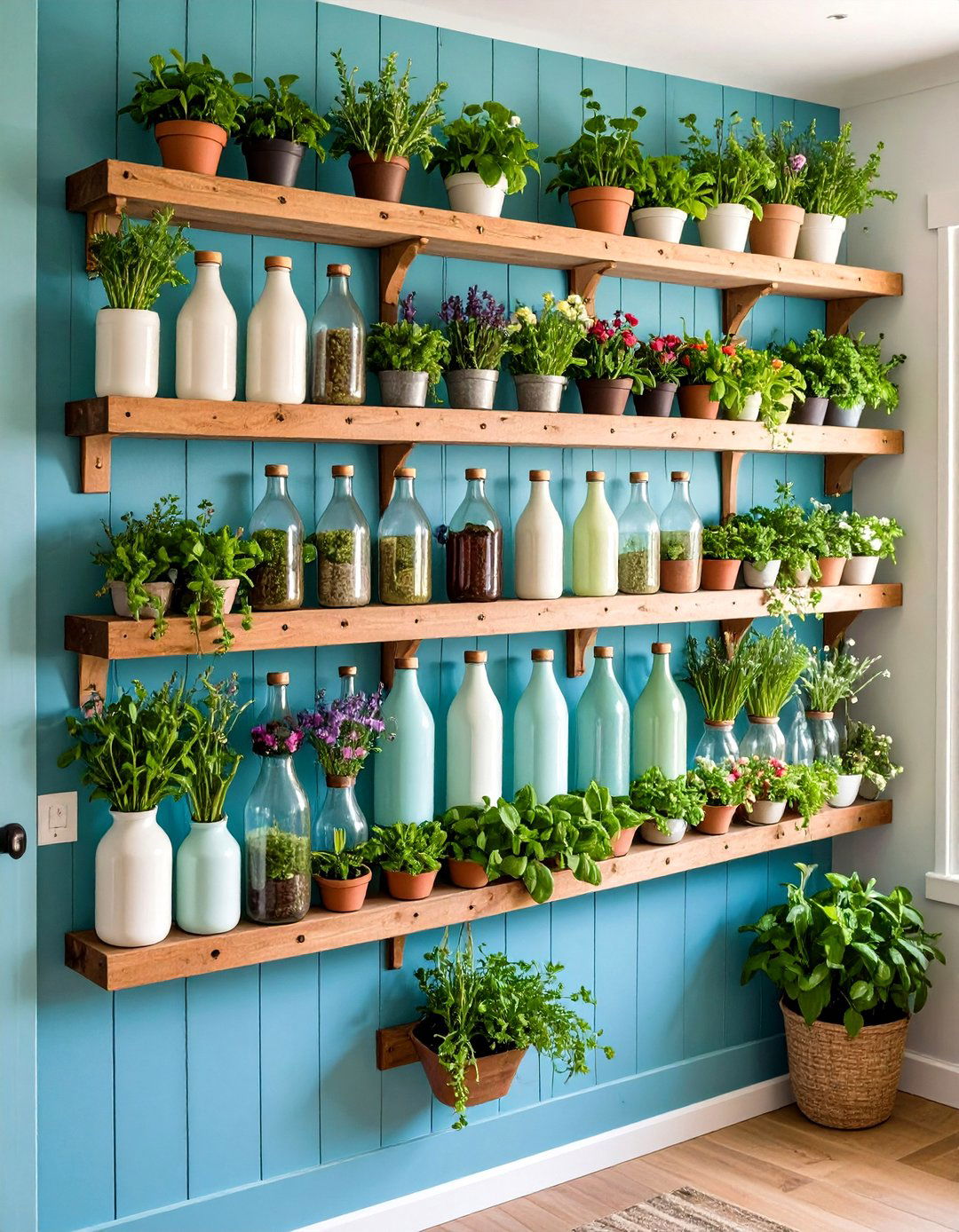
Upcycled bottle planters create environmentally conscious indoor plant wall displays while repurposing household waste into functional growing containers. Plastic bottles such as milk bottles can be repurposed into vertical garden planters attached to fences or walls, requiring drainage holes at the bottom. This sustainable approach reduces waste while providing cost-effective growing solutions for herbs, small vegetables, or decorative plants. Cut openings in bottle sides, add drainage holes, and mount securely to wall surfaces using brackets or rope systems. The clear plastic allows for root monitoring while the various bottle sizes accommodate different plant types. Paint bottles for unified appearance or leave clear for modern appeal. This system works particularly well for educational environments where children can learn about both gardening and recycling. Ensure proper mounting since bottles filled with soil and water can be heavier than expected.
20. Geometric Frame Indoor Plant Wall Architecture
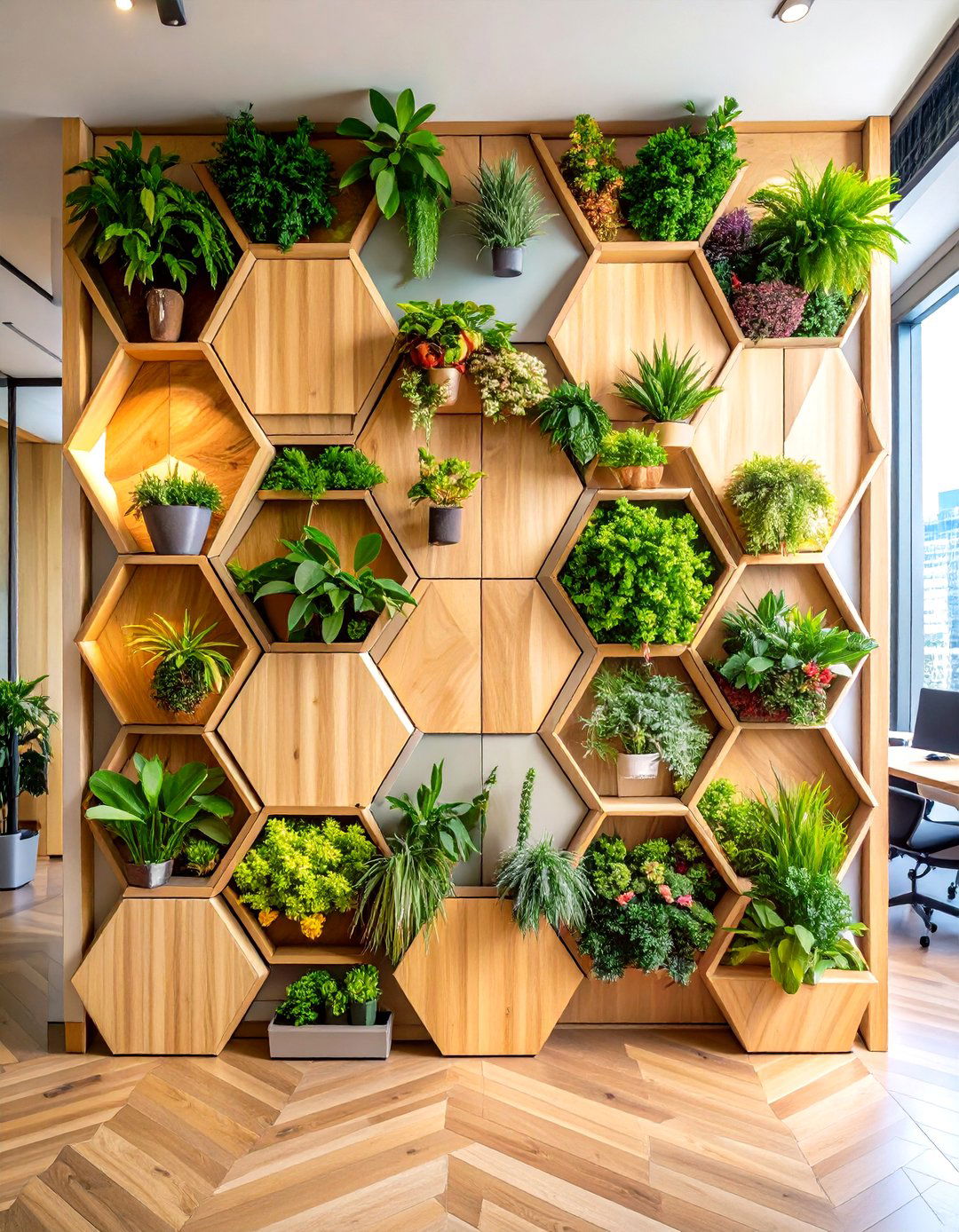
Geometric frame systems create modern indoor plant wall installations that serve as architectural features combining structure with living elements. Wooden sections of different geometric shapes can display both live and faux plants in organized patterns that complement contemporary interiors. These frameworks typically feature hexagonal, triangular, or rectangular modules that can be arranged in various configurations to create custom wall designs. The structured approach allows for precise plant placement while maintaining visual organization and balance. Frame materials can include wood, metal, or composite materials finished to match existing decor. The geometric approach works well with both real plants and high-quality artificial alternatives for low-maintenance solutions. Consider incorporating lighting within frames to highlight plants and create dramatic evening displays. The modular nature allows for expansion and reconfiguration as needs change, making this a flexible long-term solution.
Conclusion:
Indoor plant walls offer limitless possibilities for bringing nature indoors while maximizing space and creating stunning focal points. From simple DIY projects using household materials to sophisticated hydroponic systems, there's a solution for every skill level, budget, and living situation. The key to success lies in selecting appropriate plants for your lighting conditions, ensuring proper drainage and support systems, and choosing designs that complement your lifestyle and maintenance preferences. Whether you prefer the rustic charm of pallet gardens, the modern appeal of geometric frames, or the convenience of preserved moss installations, indoor plant walls transform ordinary spaces into extraordinary living environments that enhance both air quality and overall well-being.


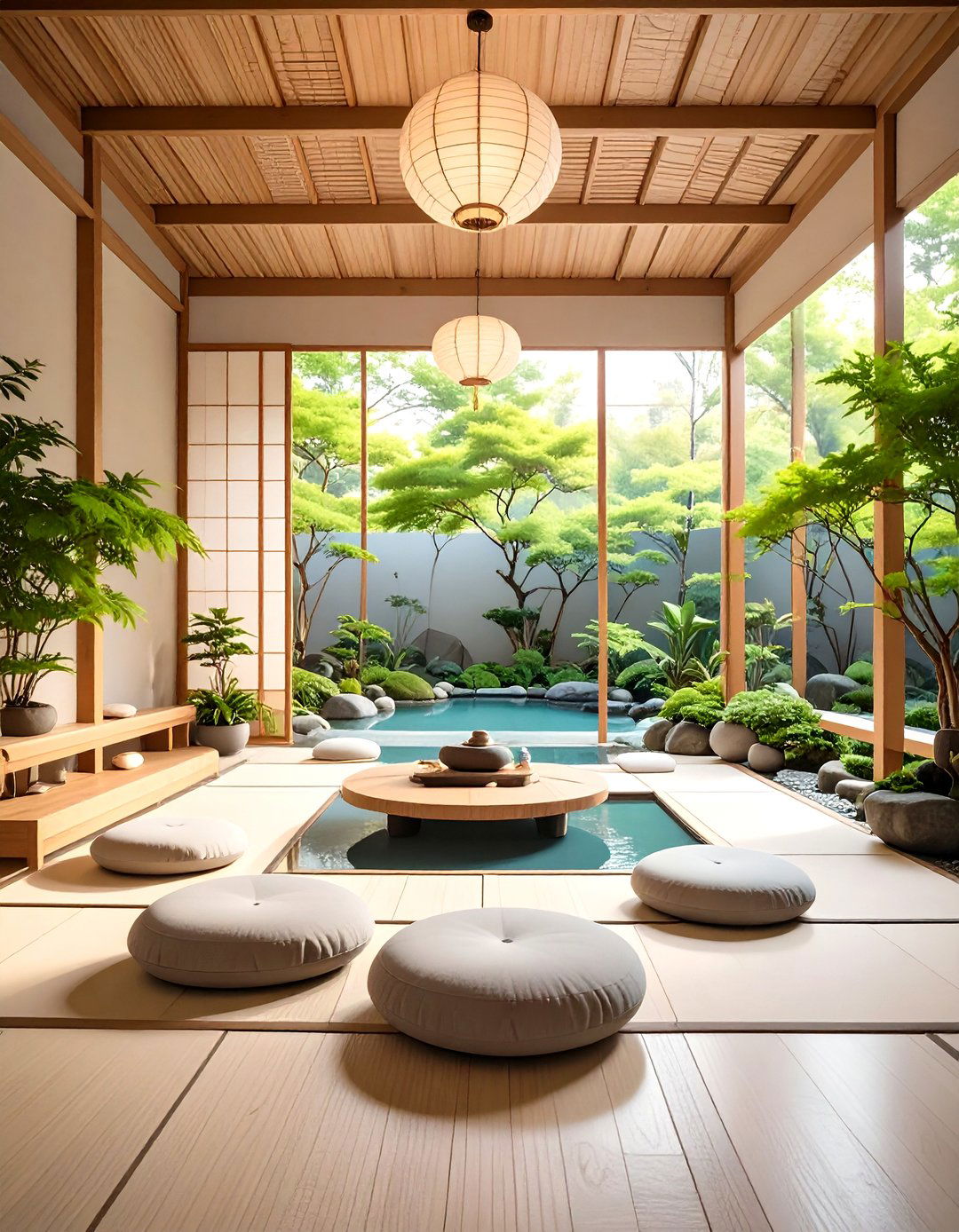
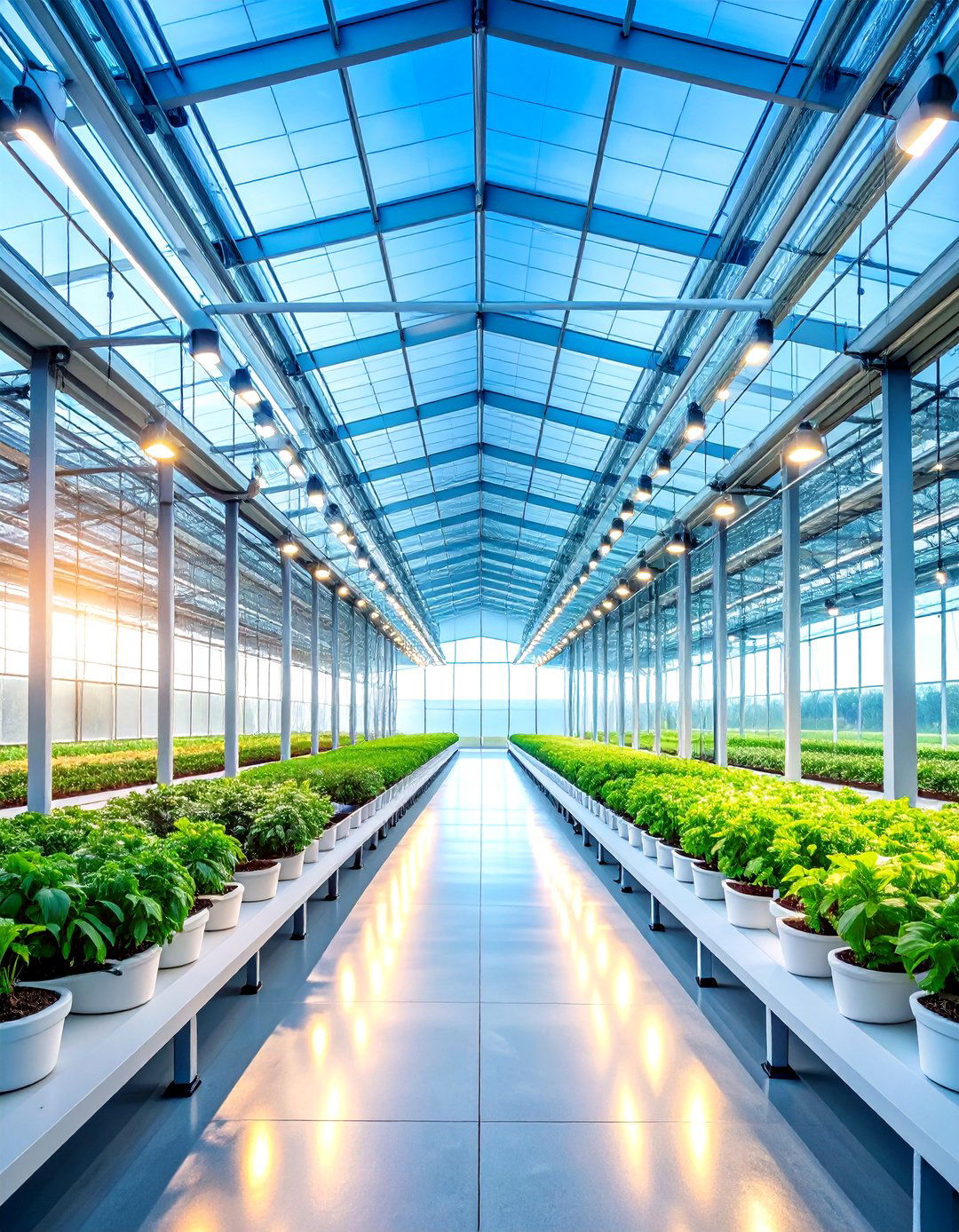
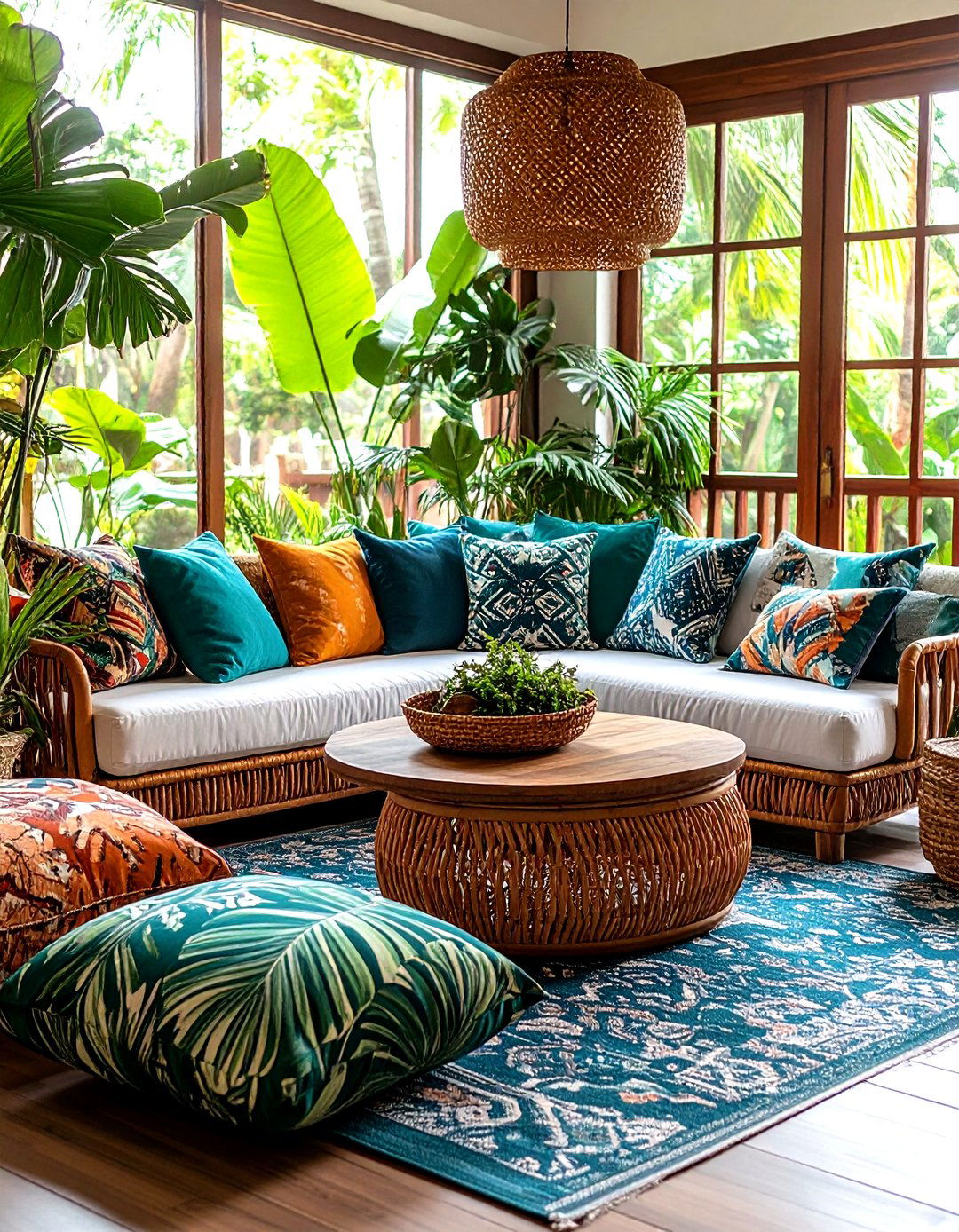
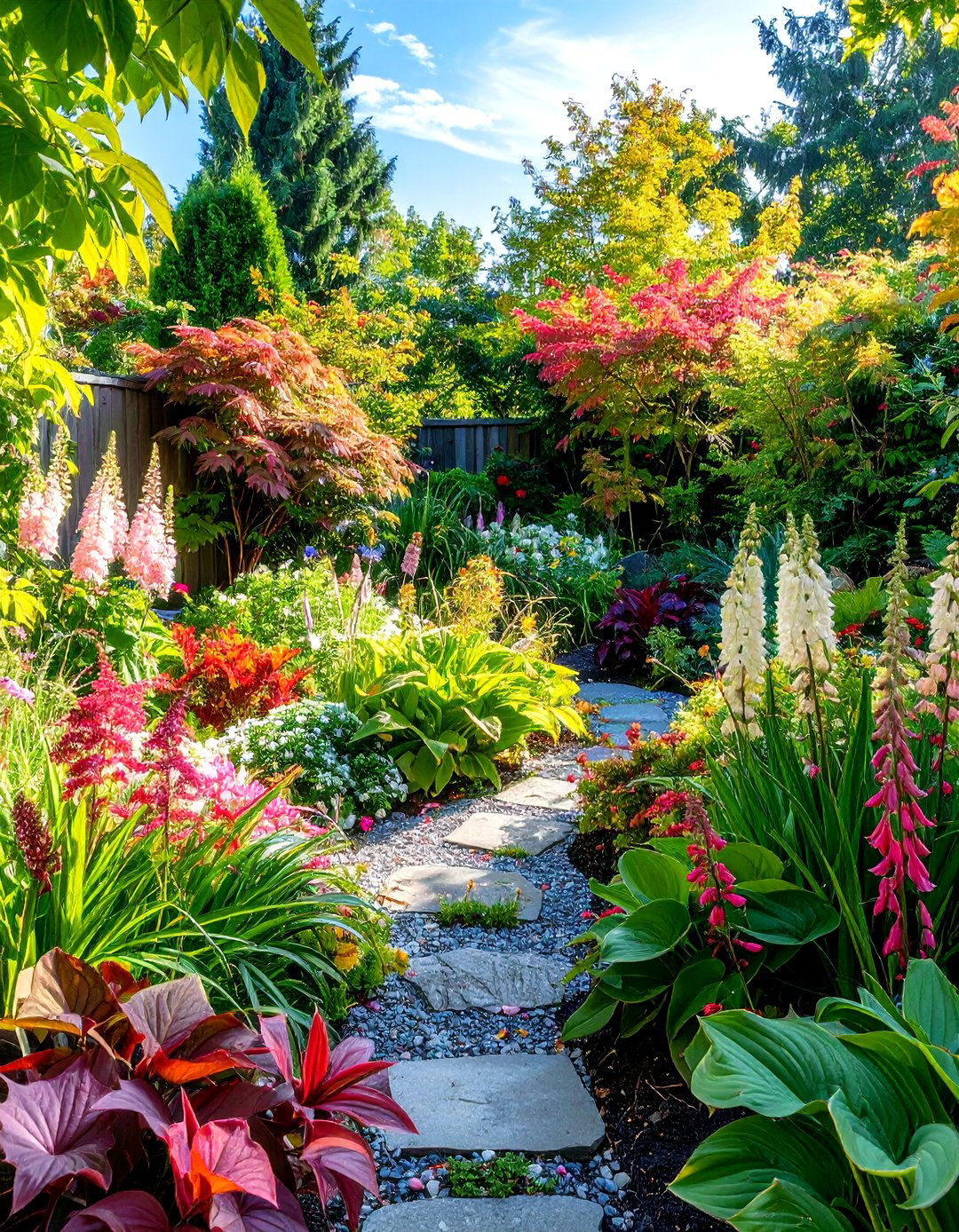
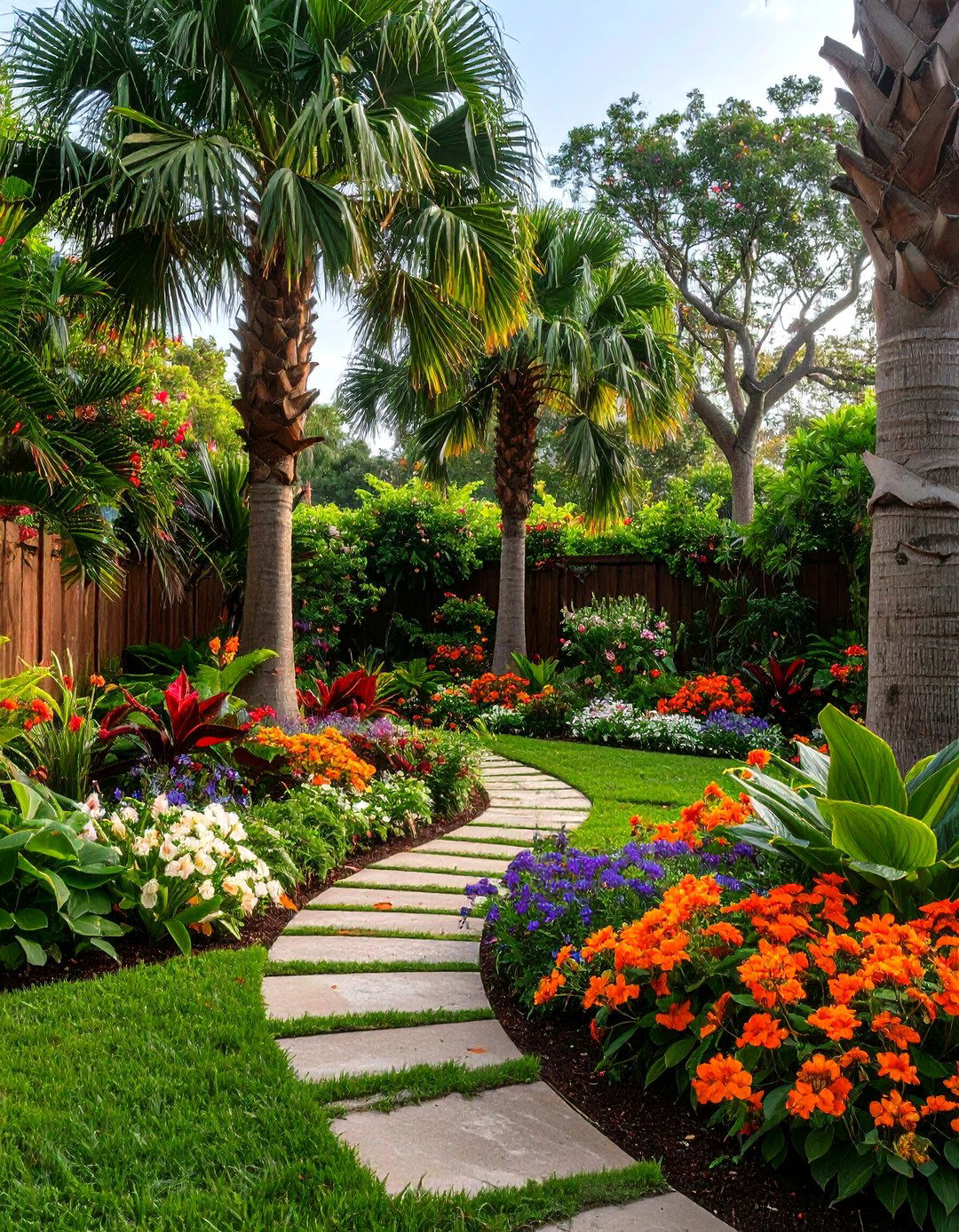

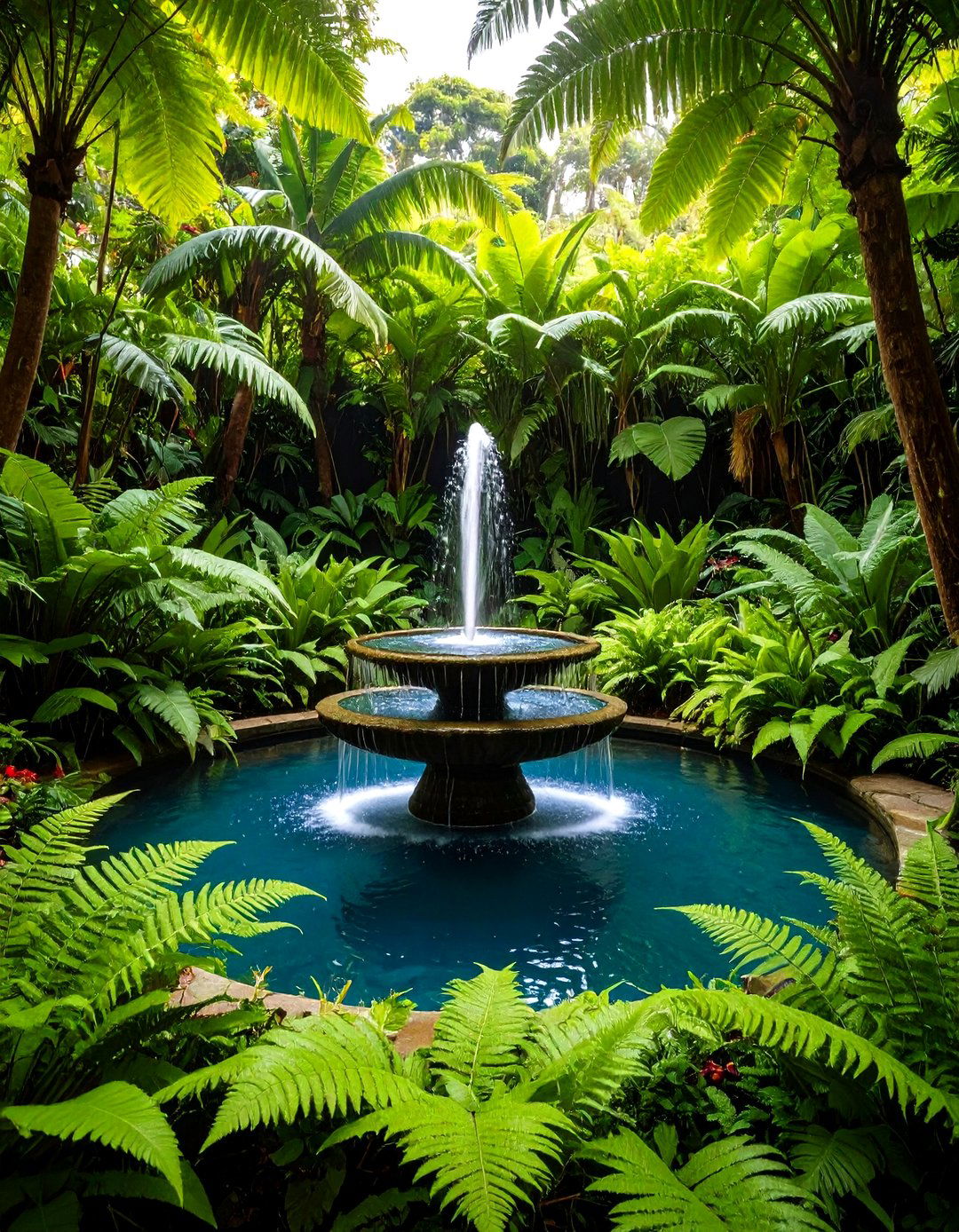
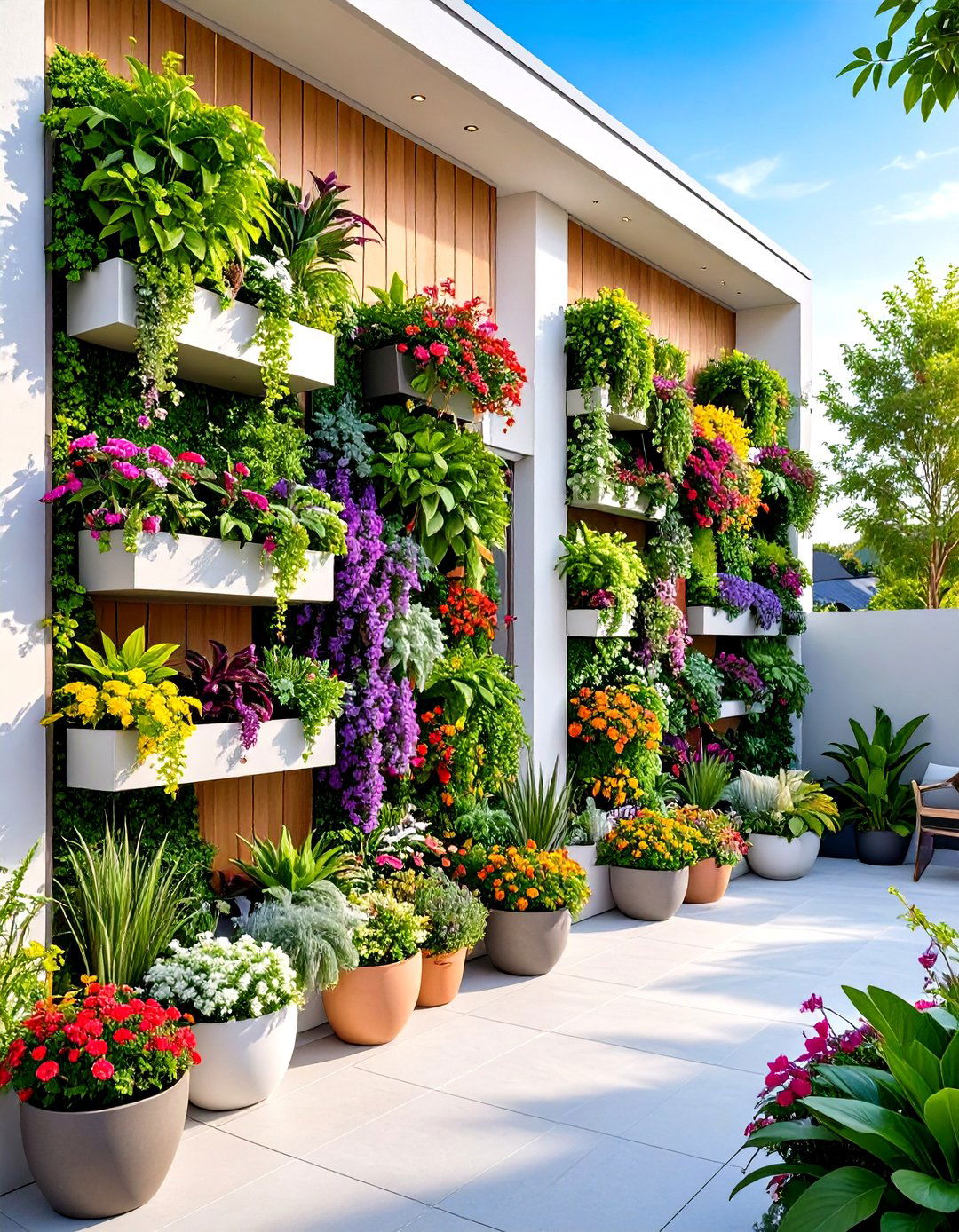
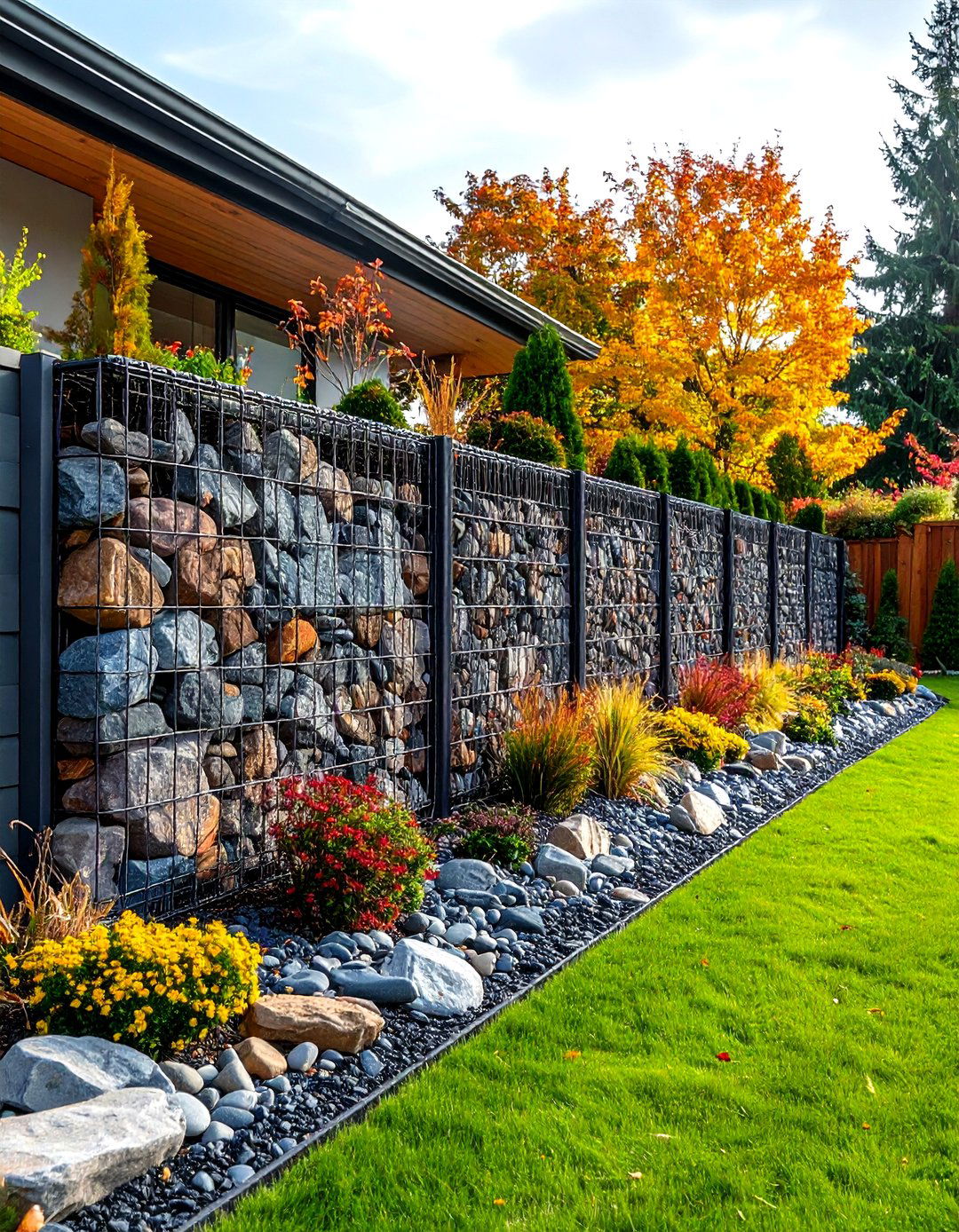
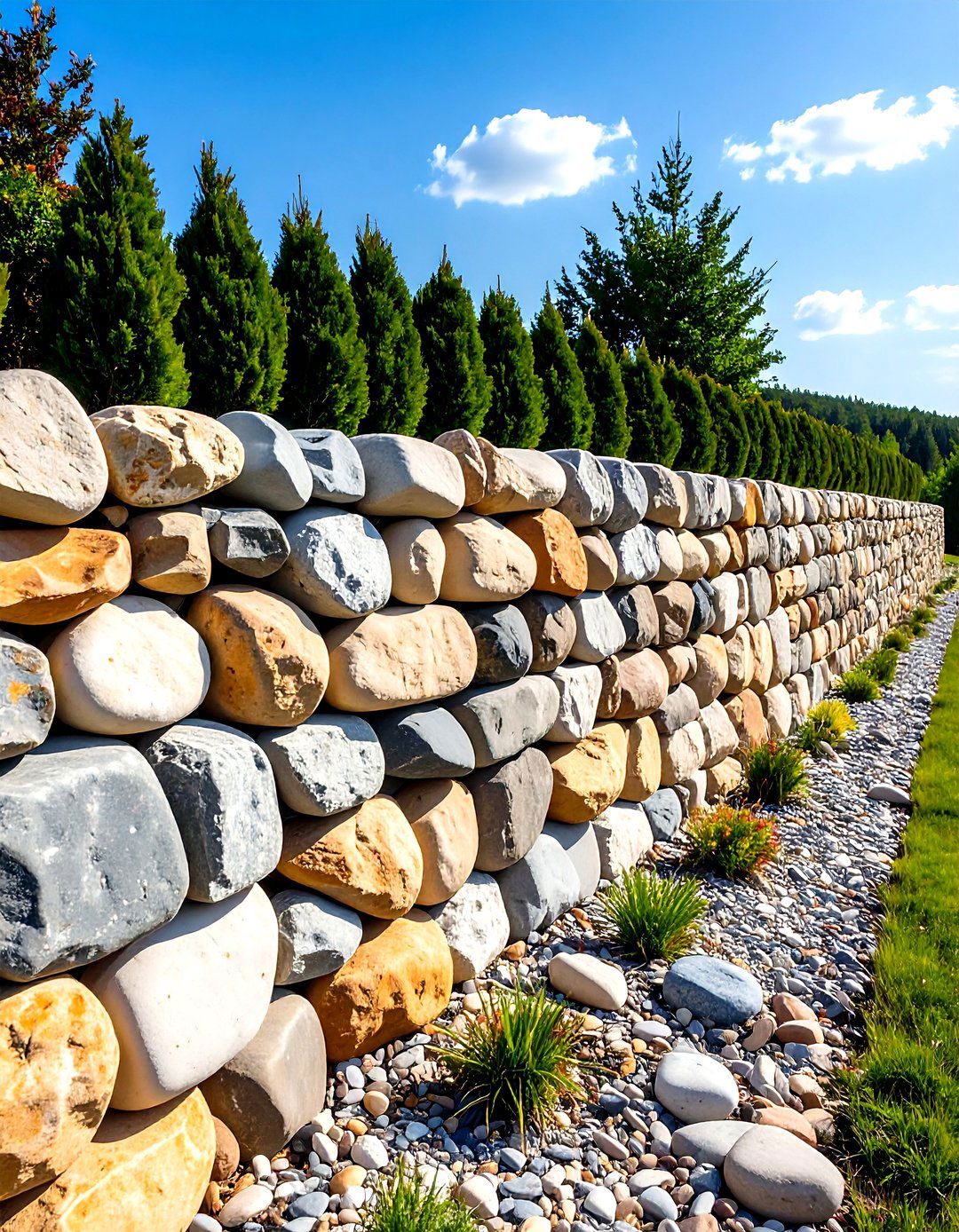
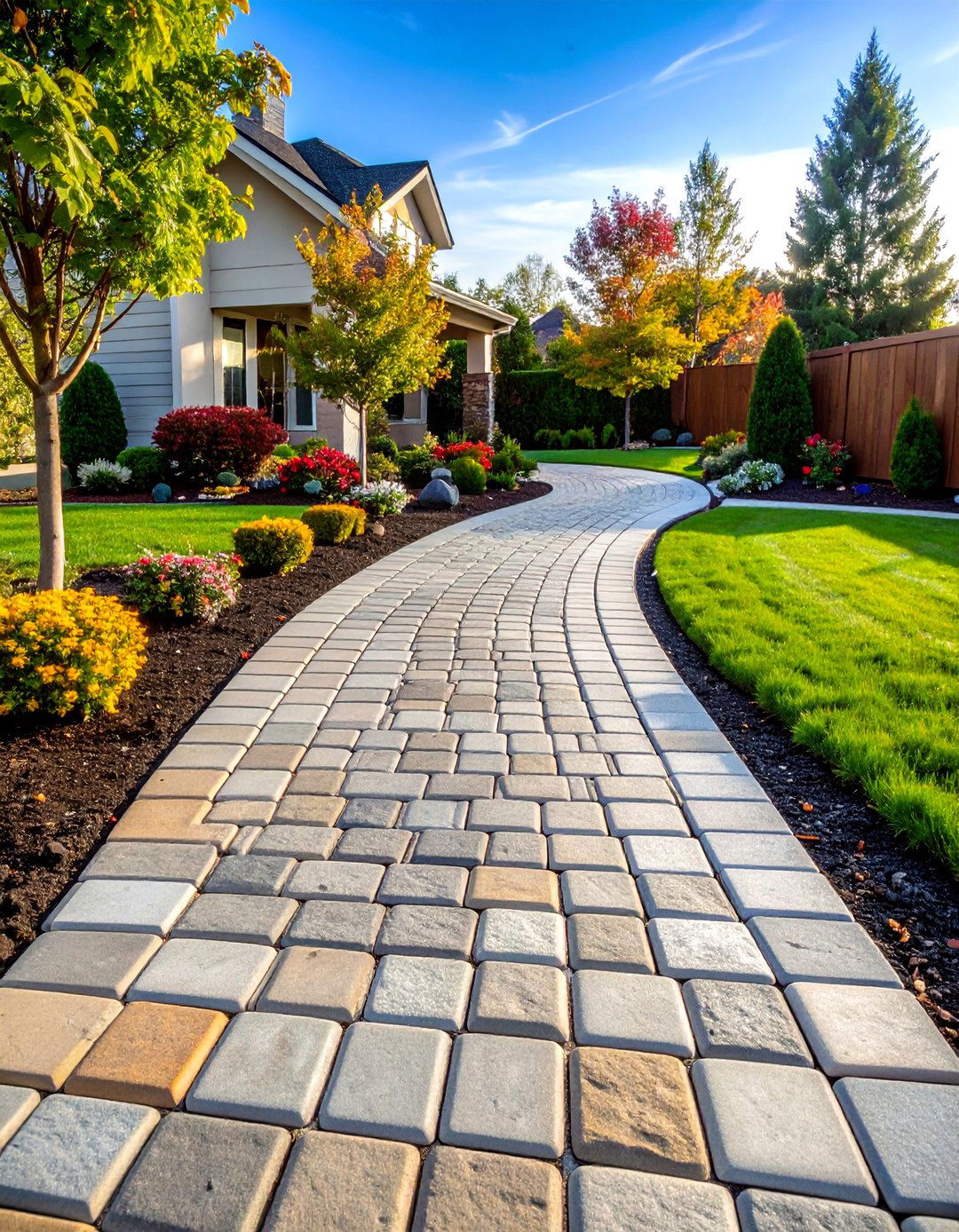
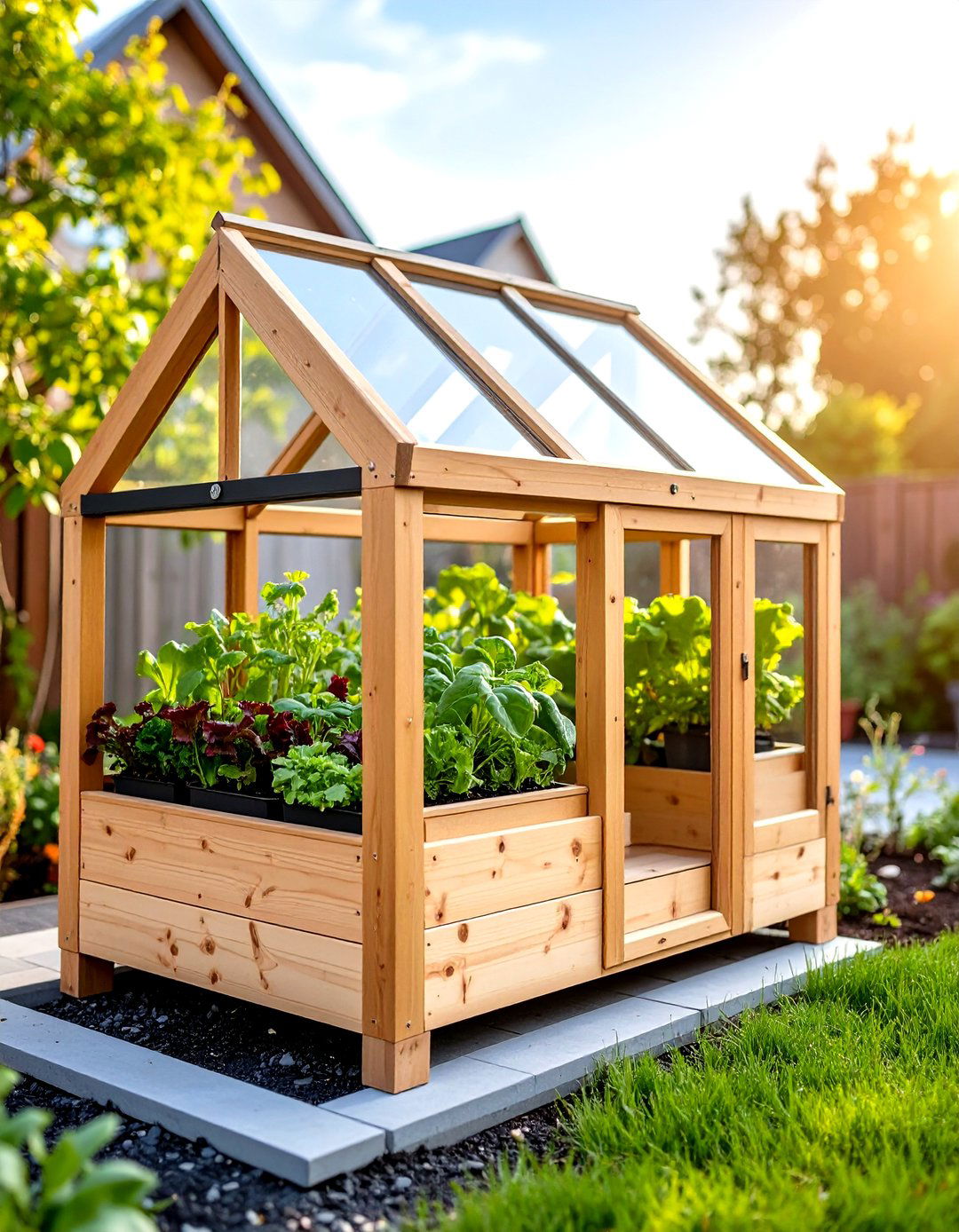
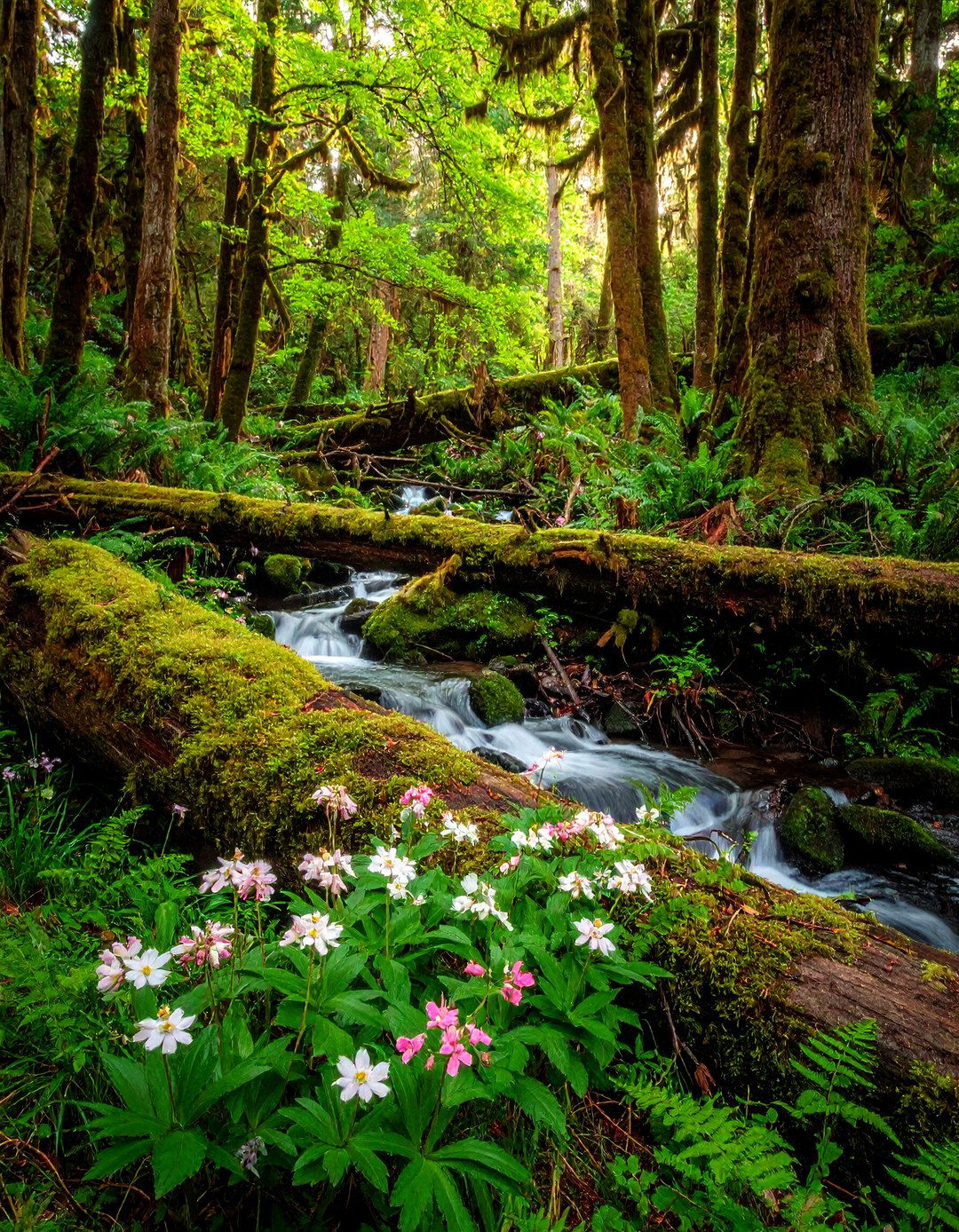

Leave a Reply